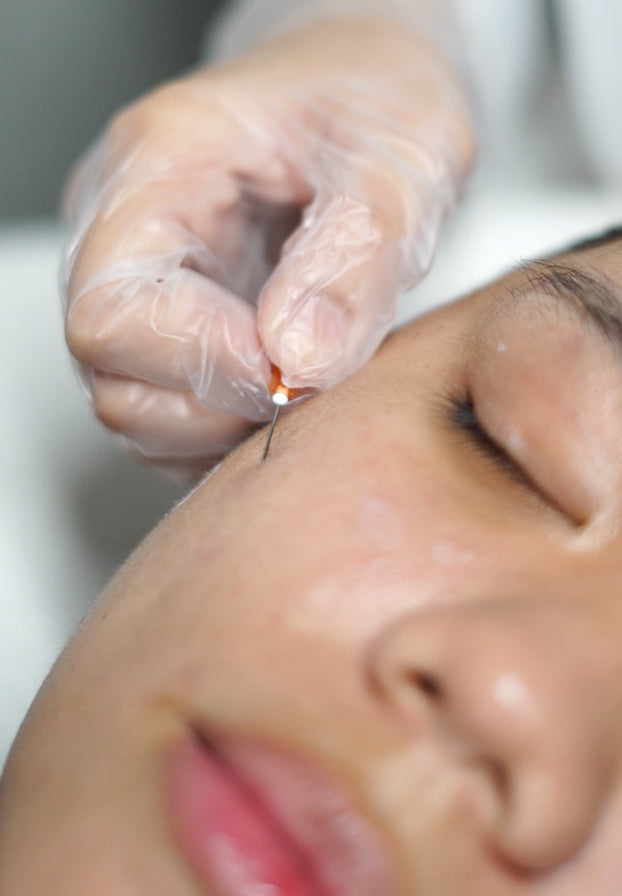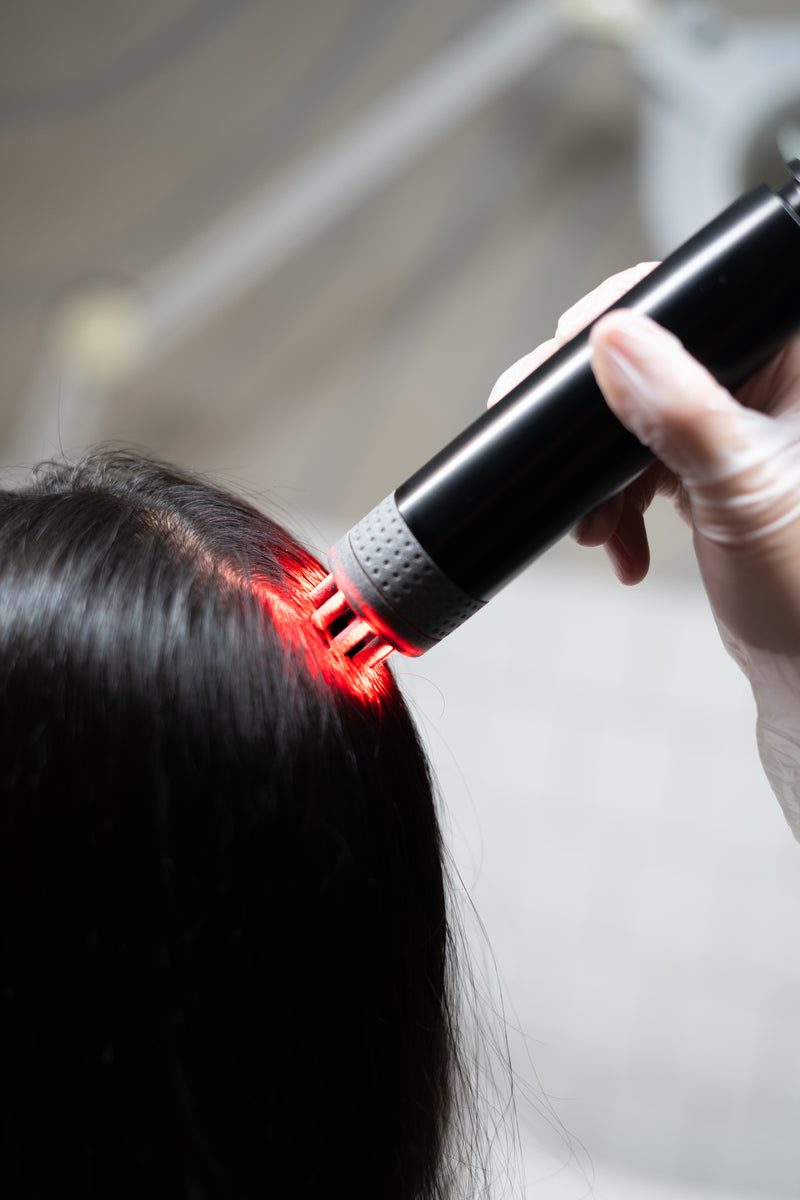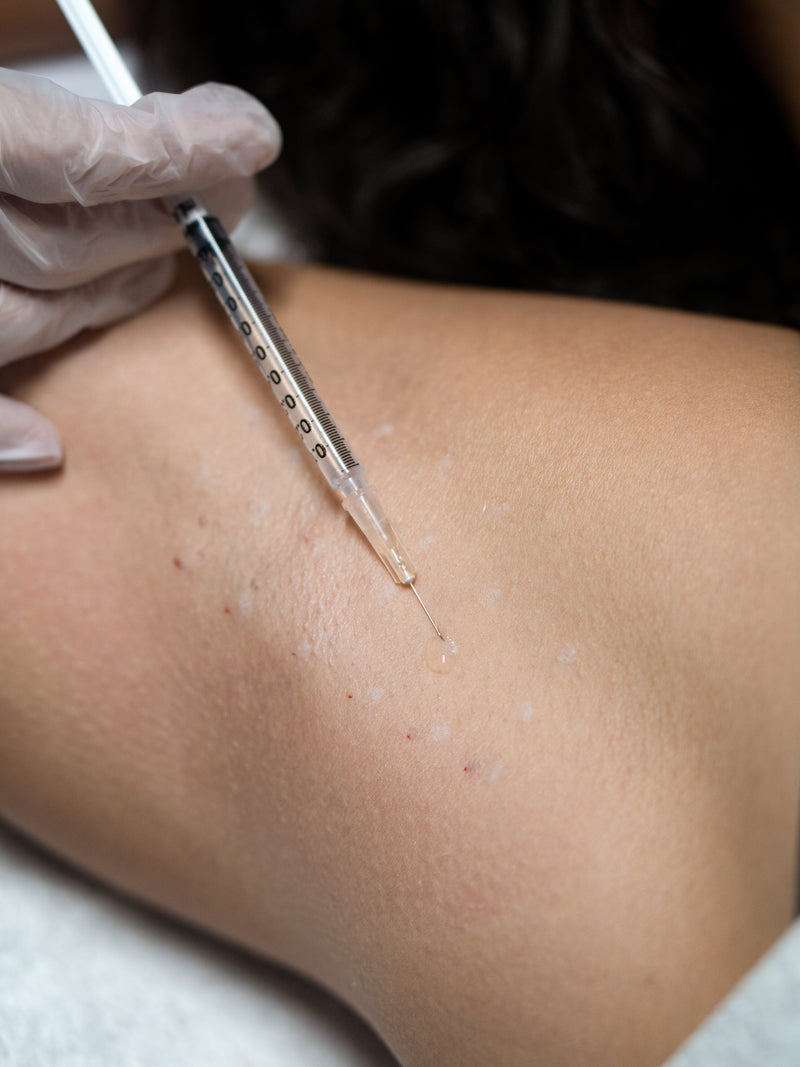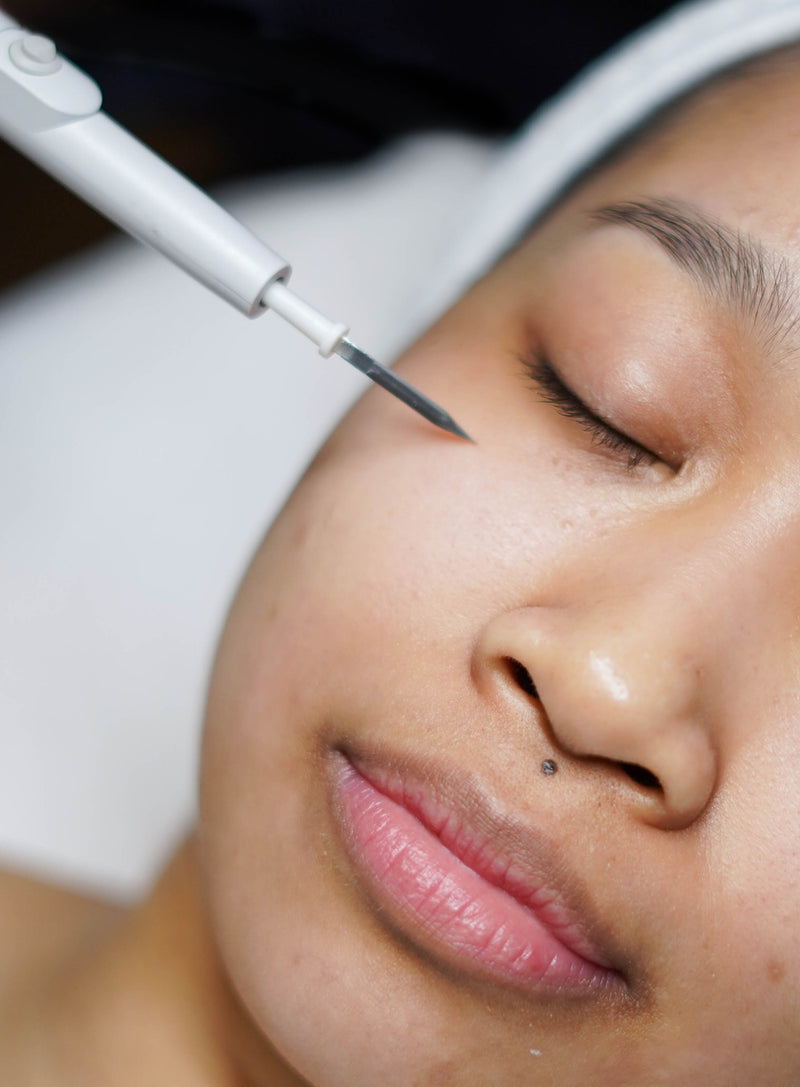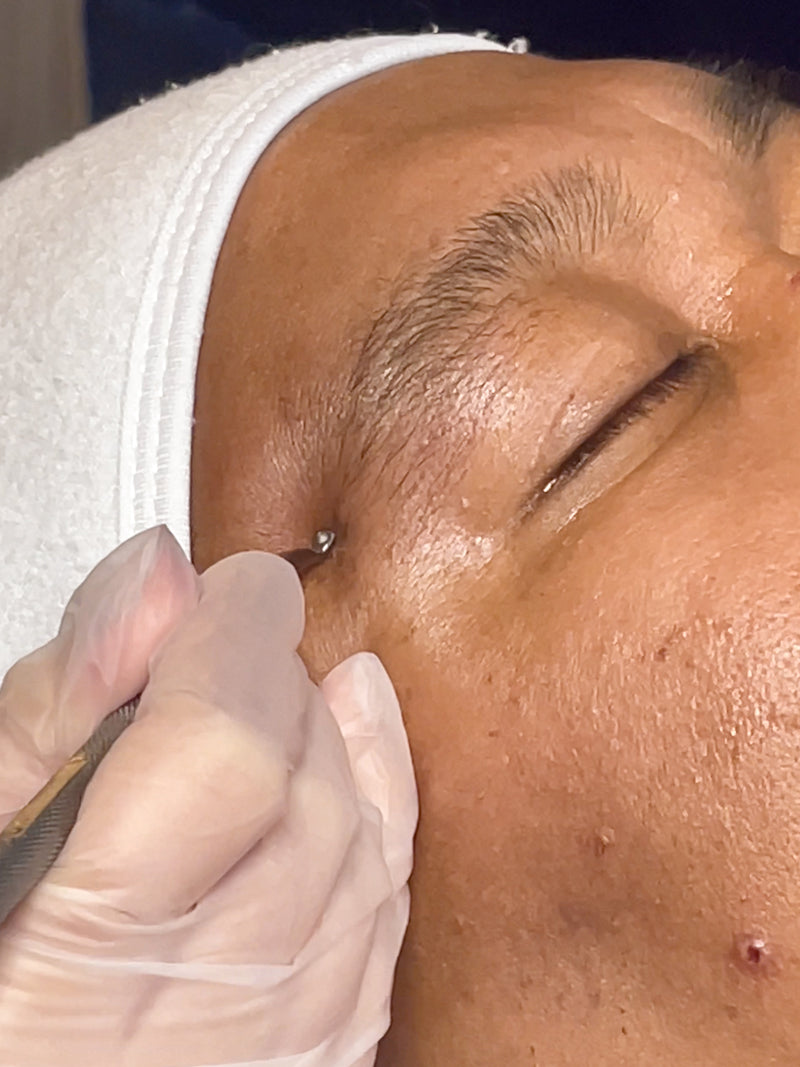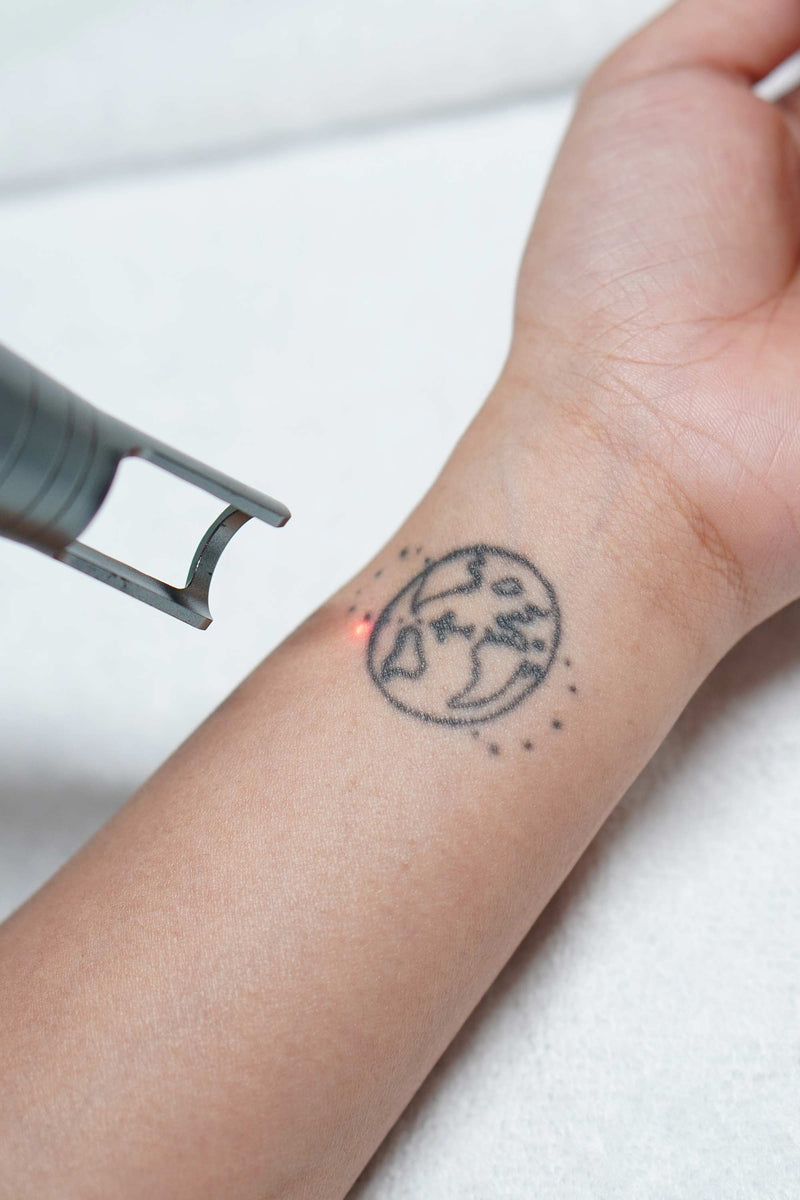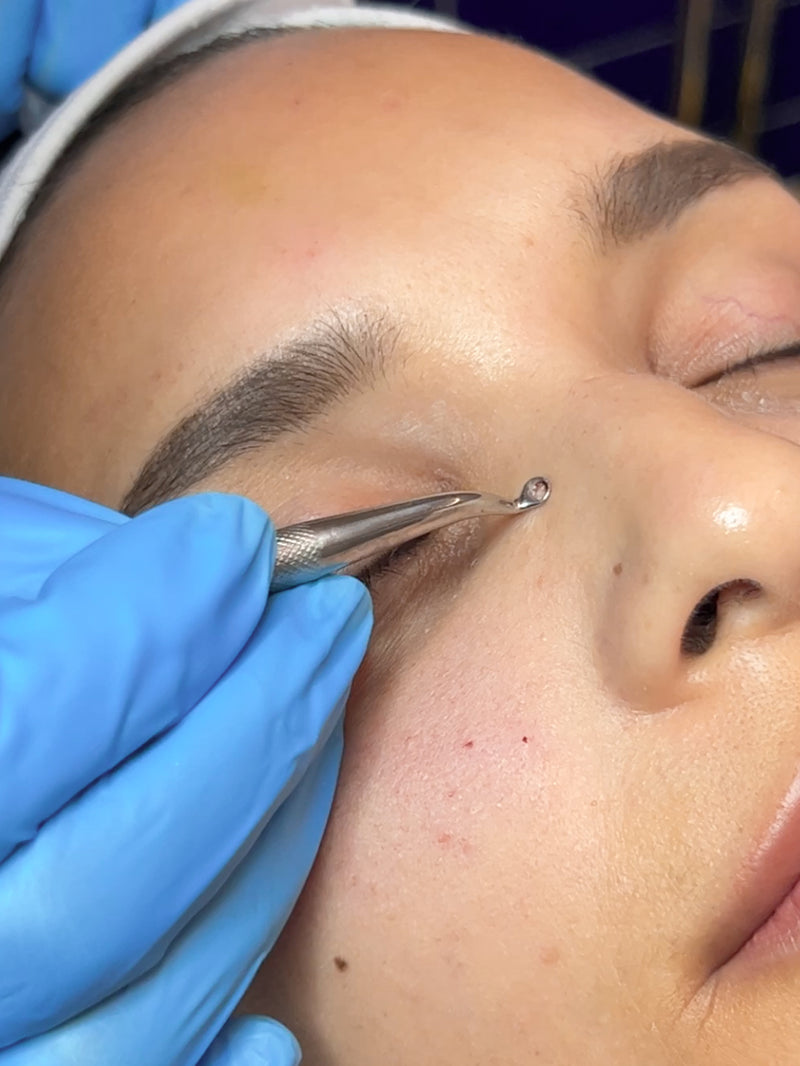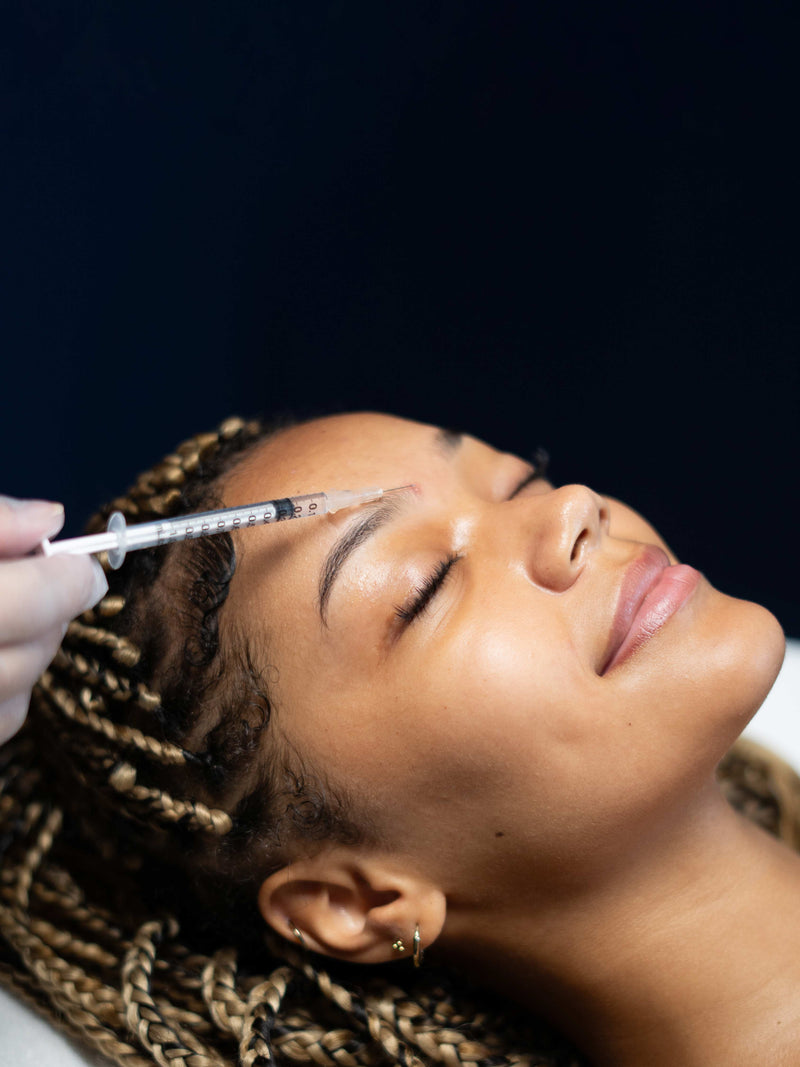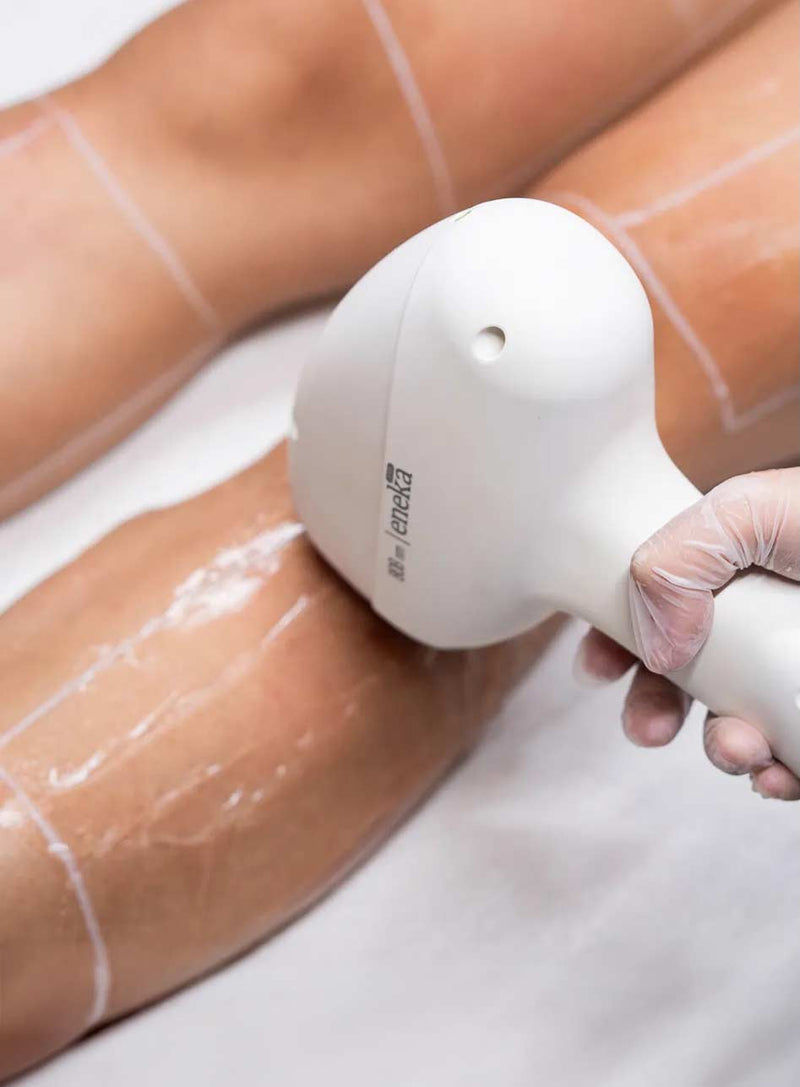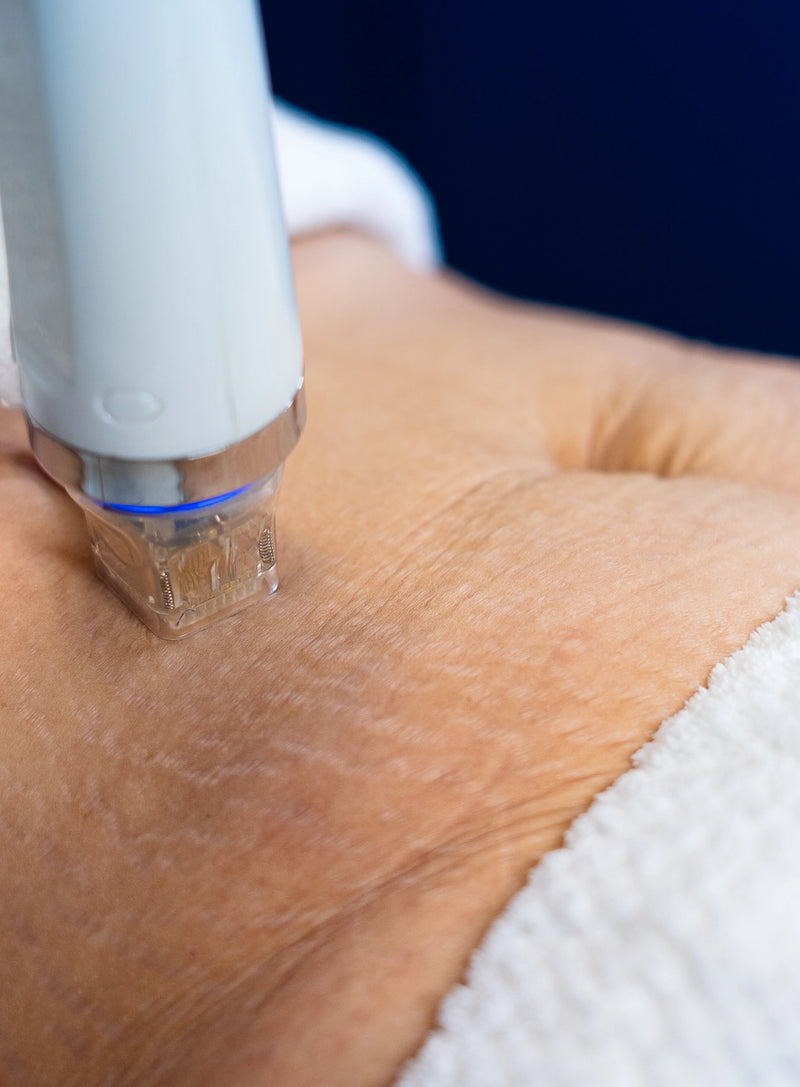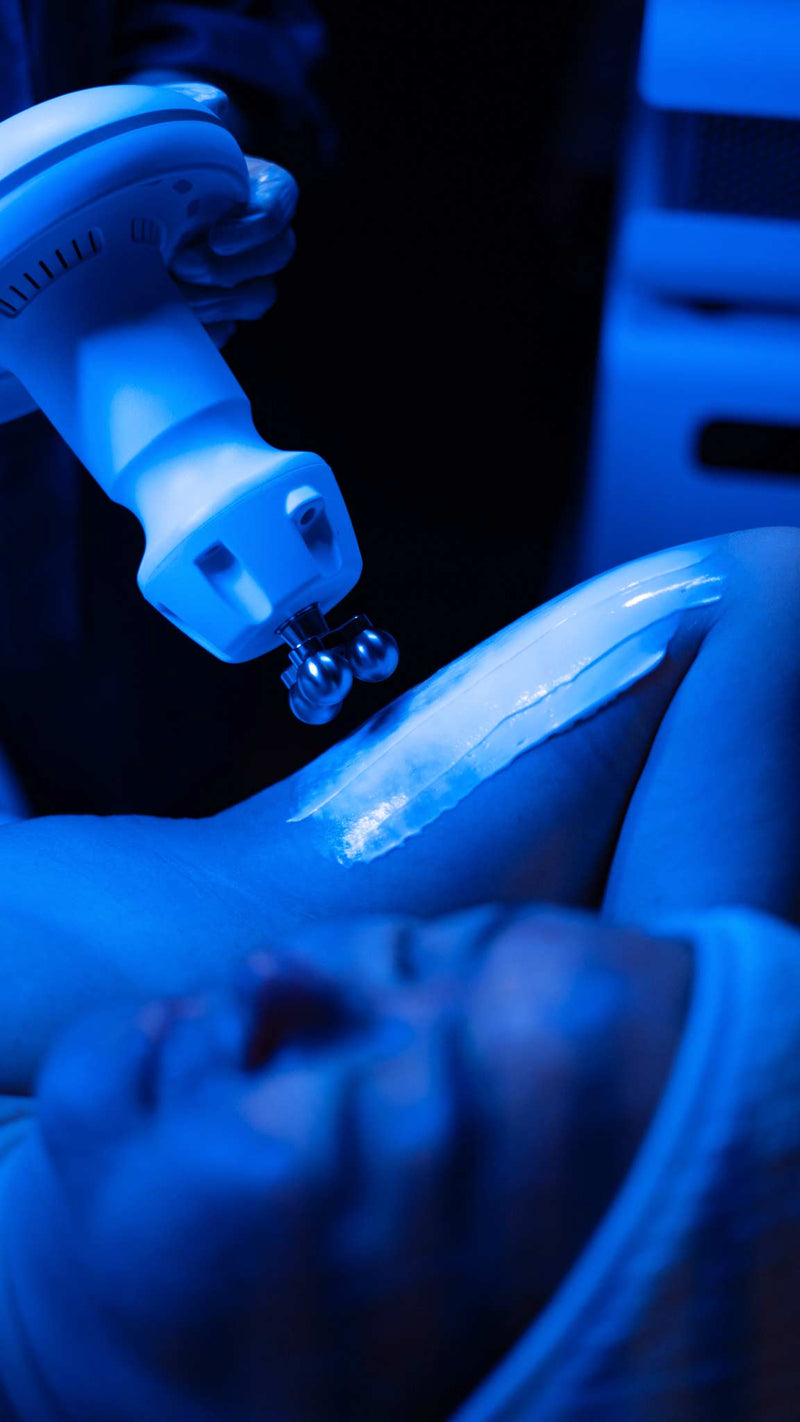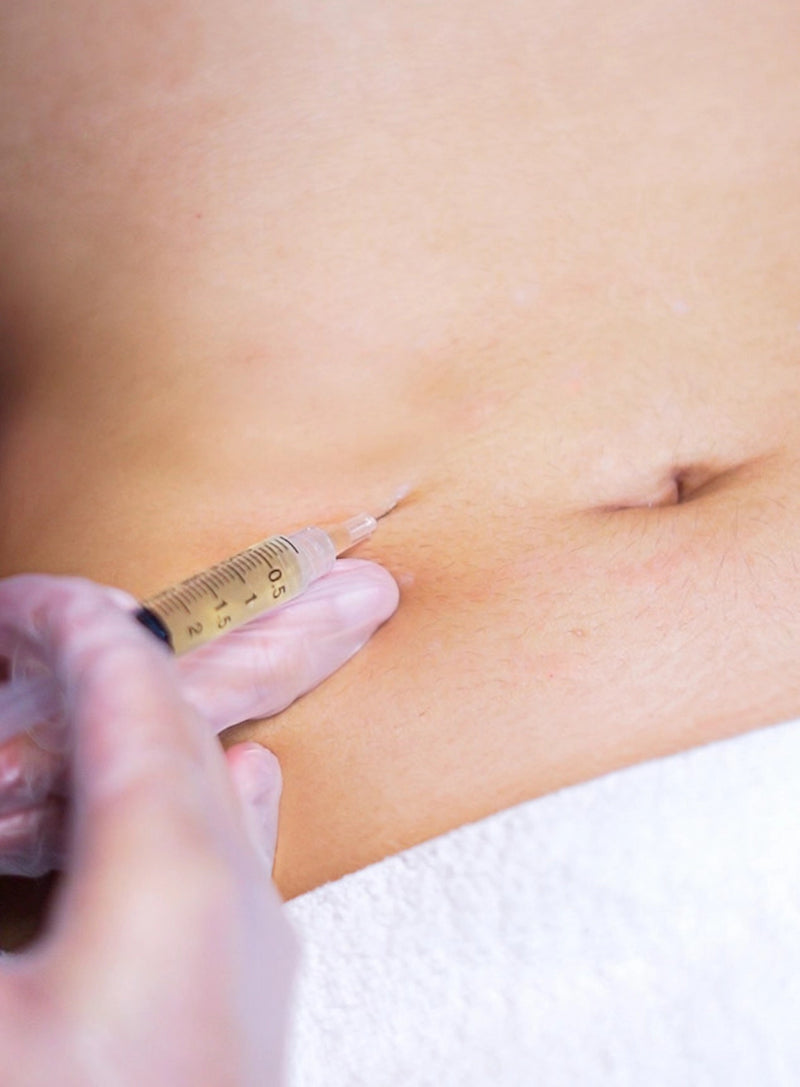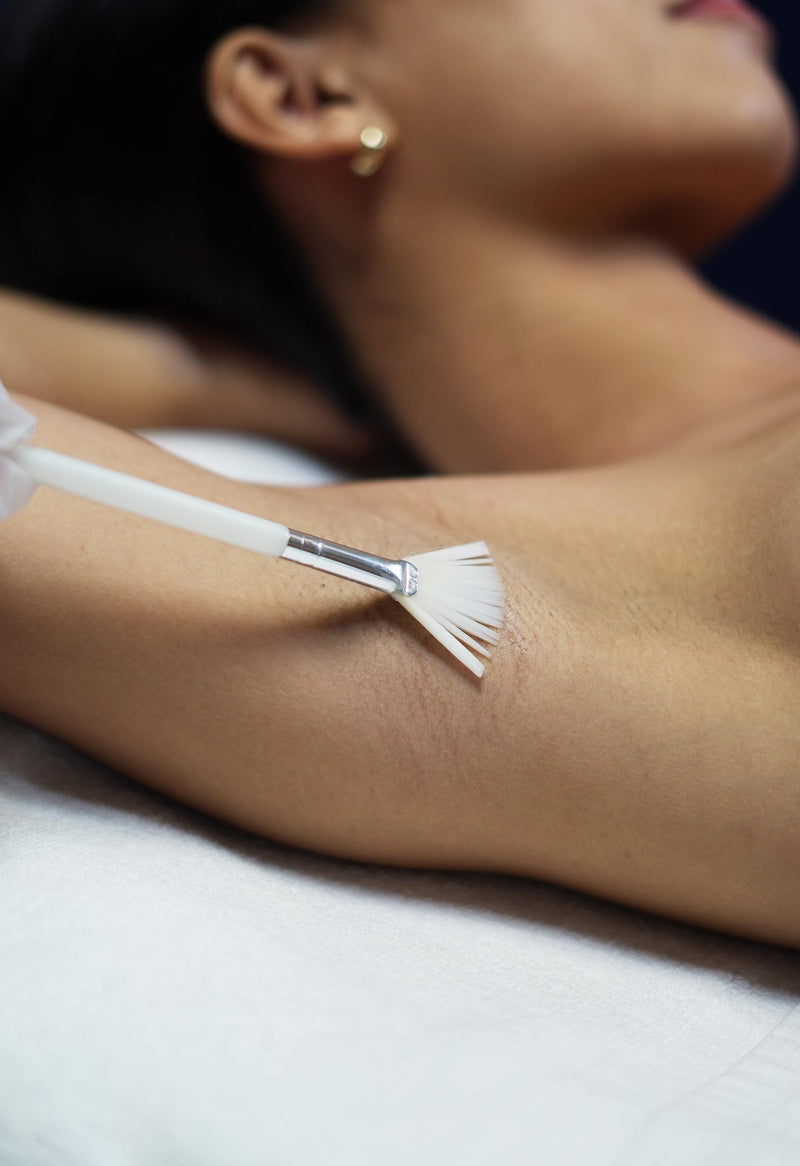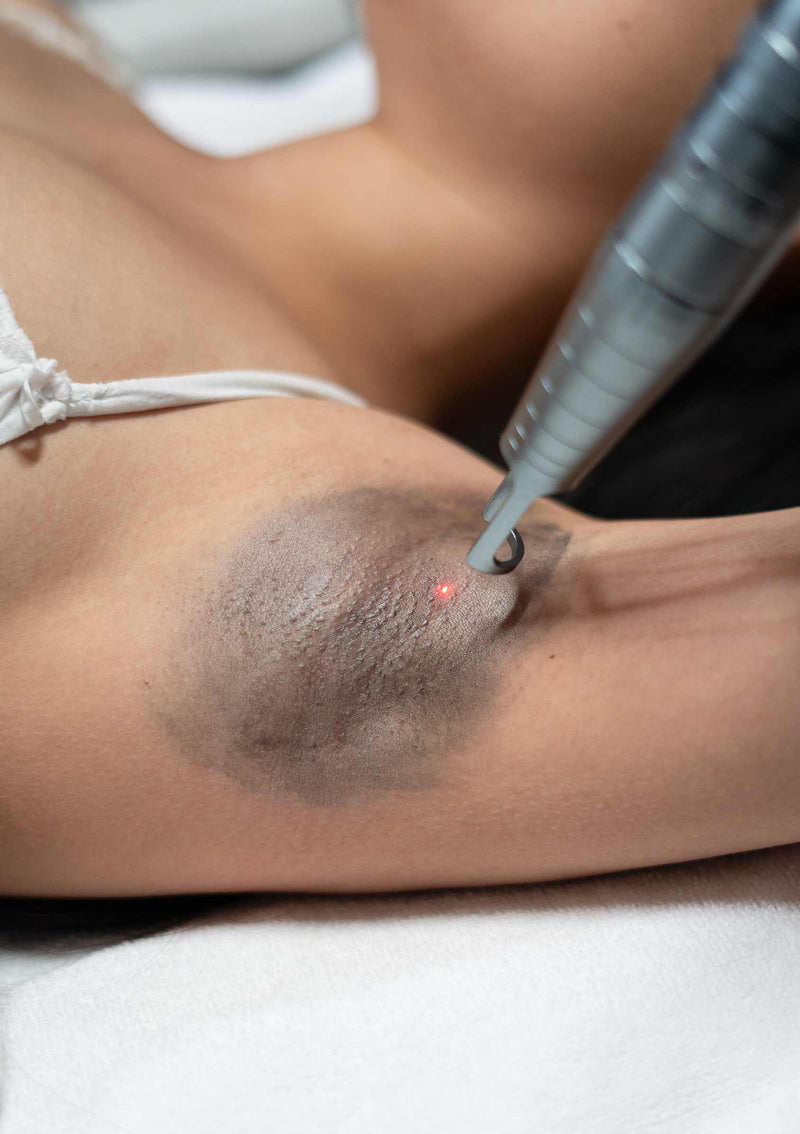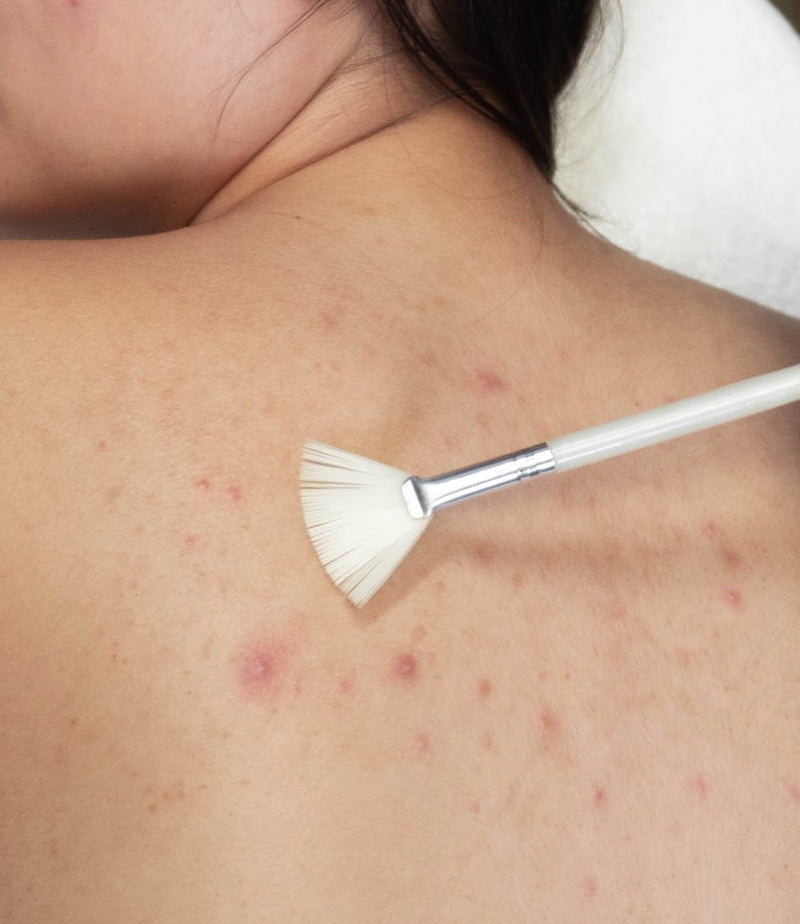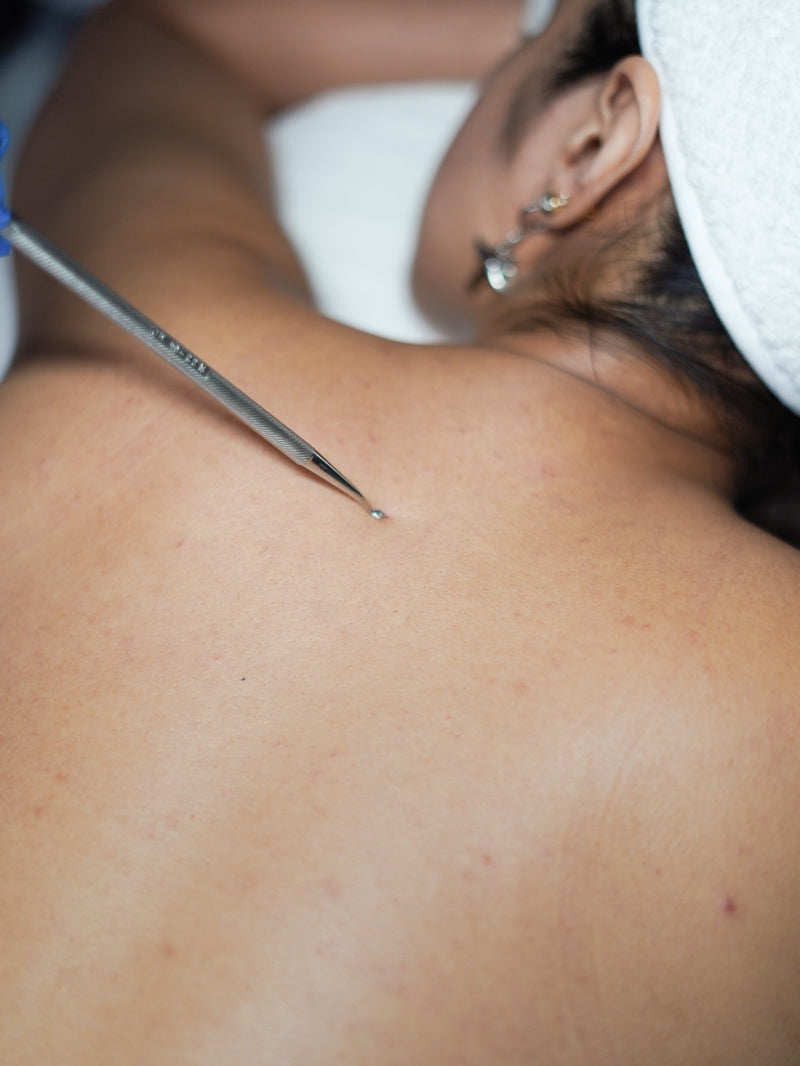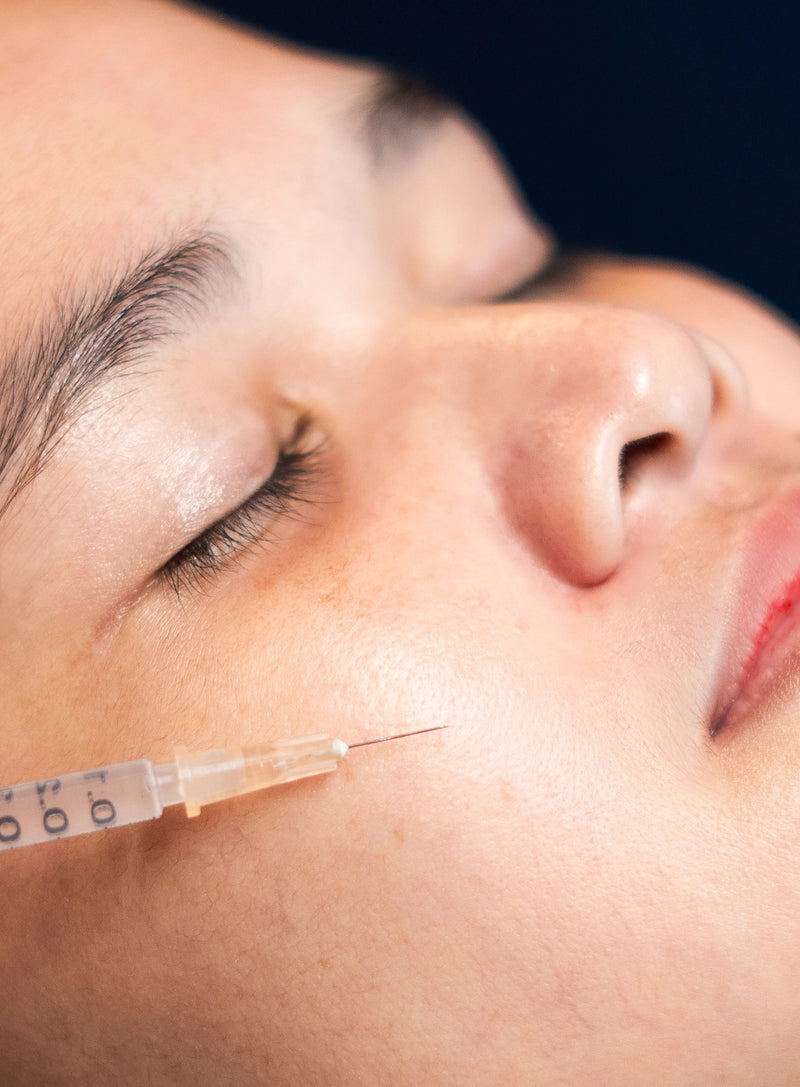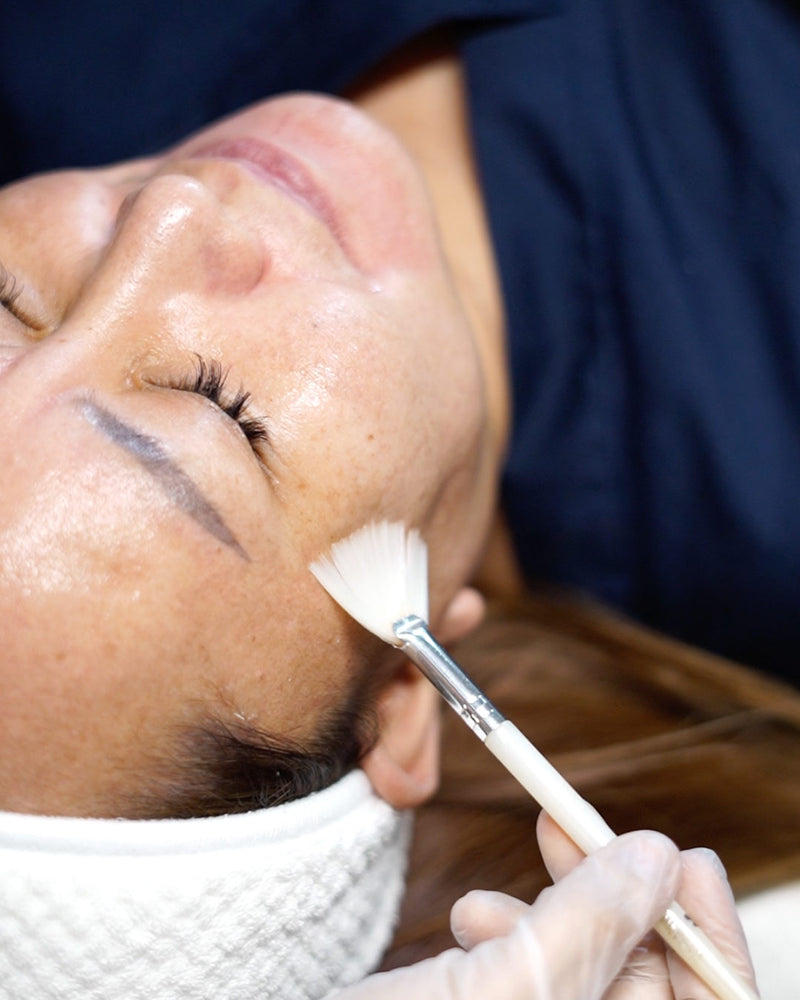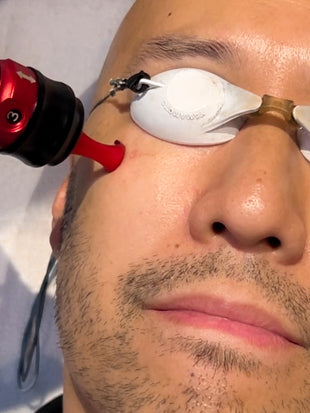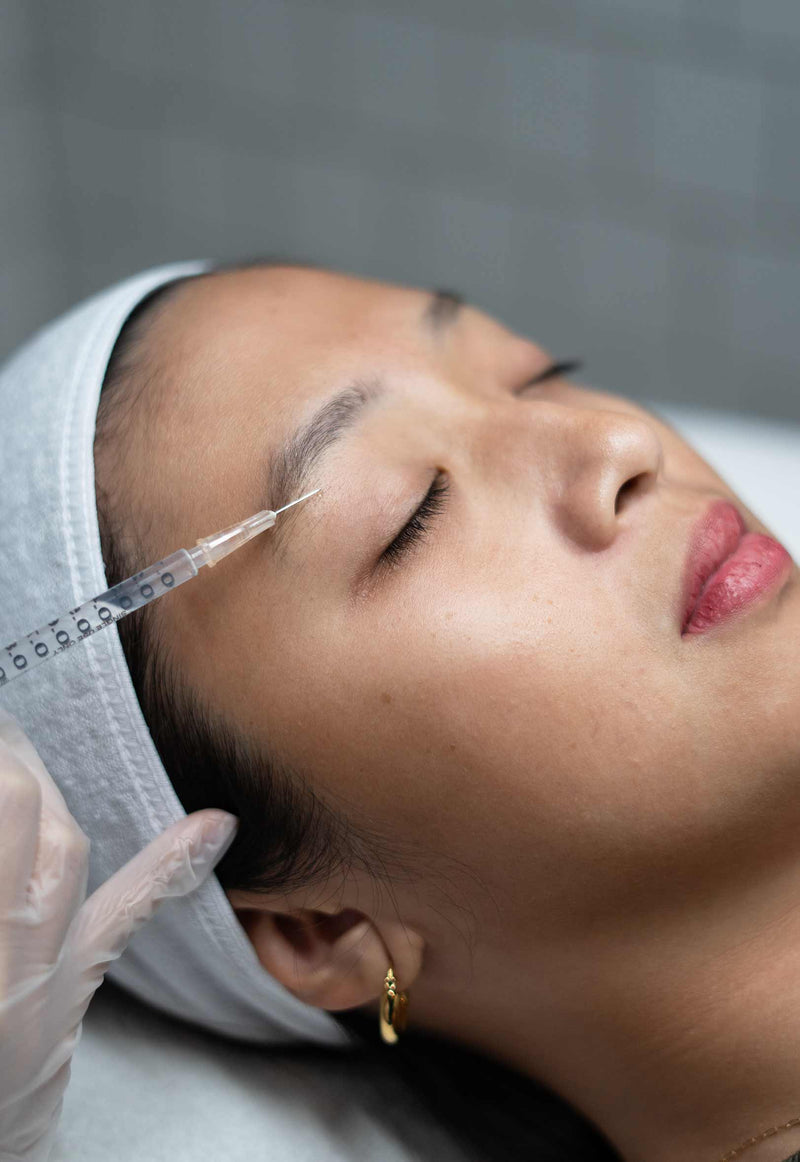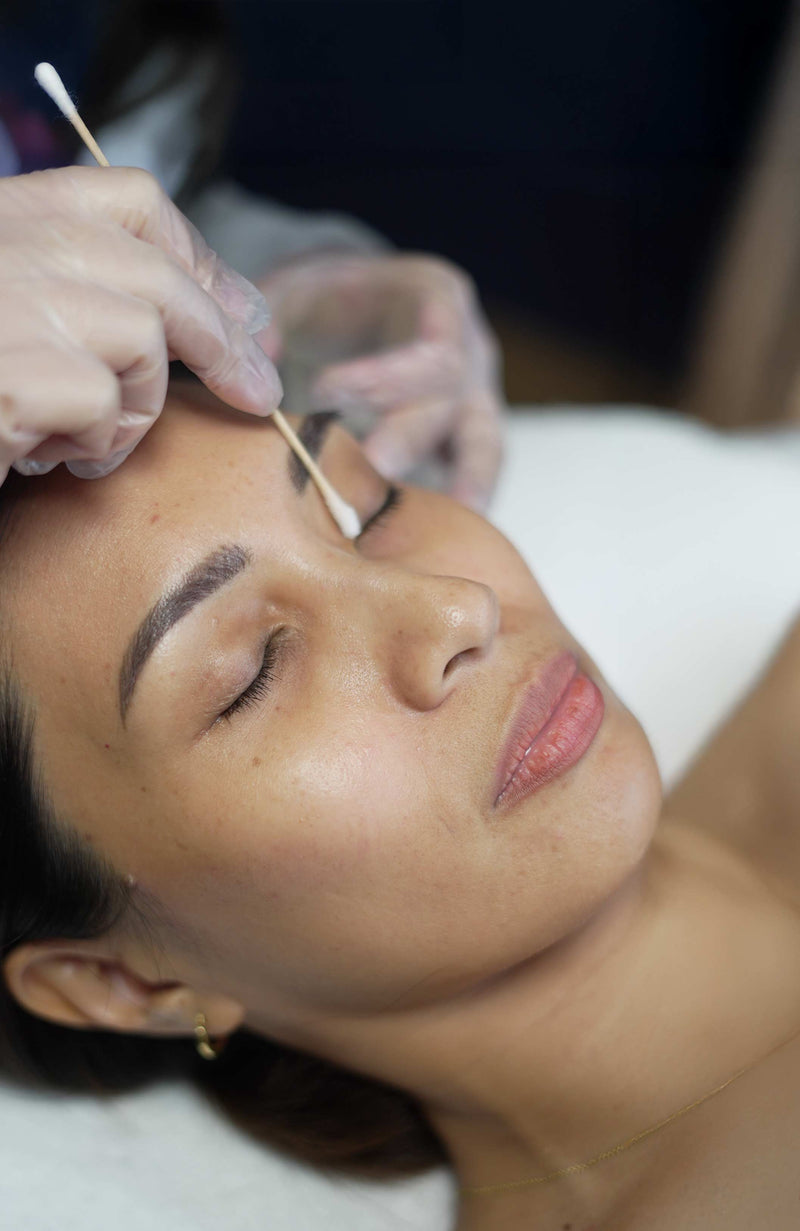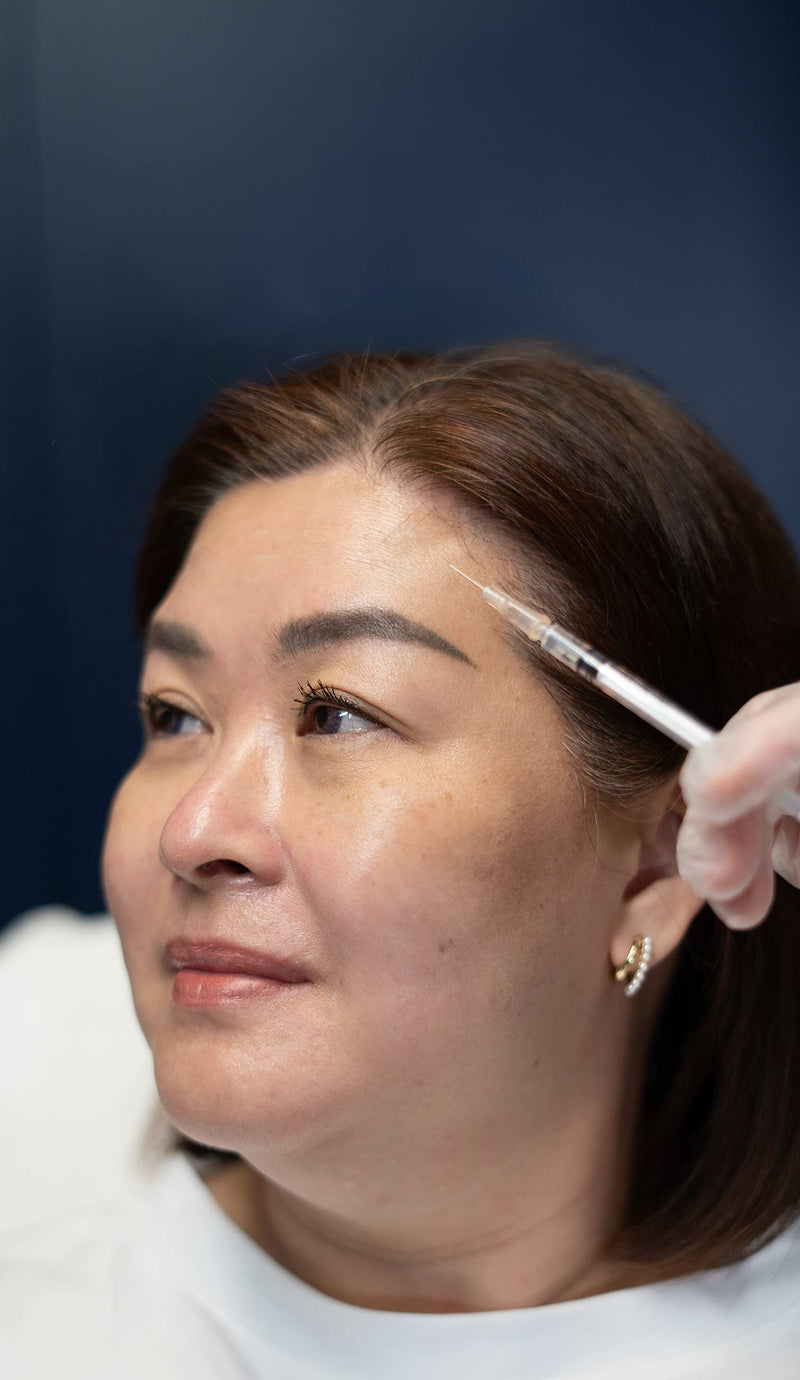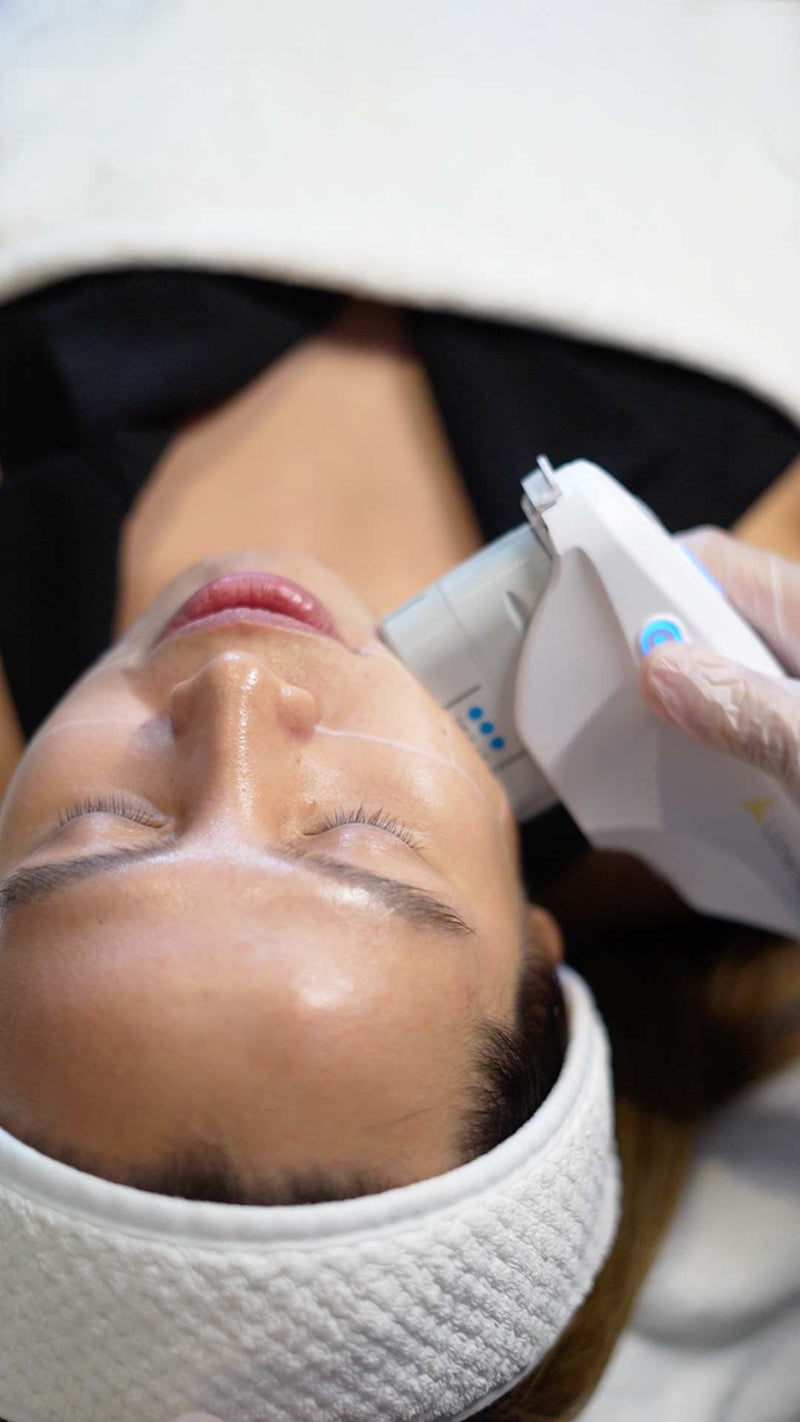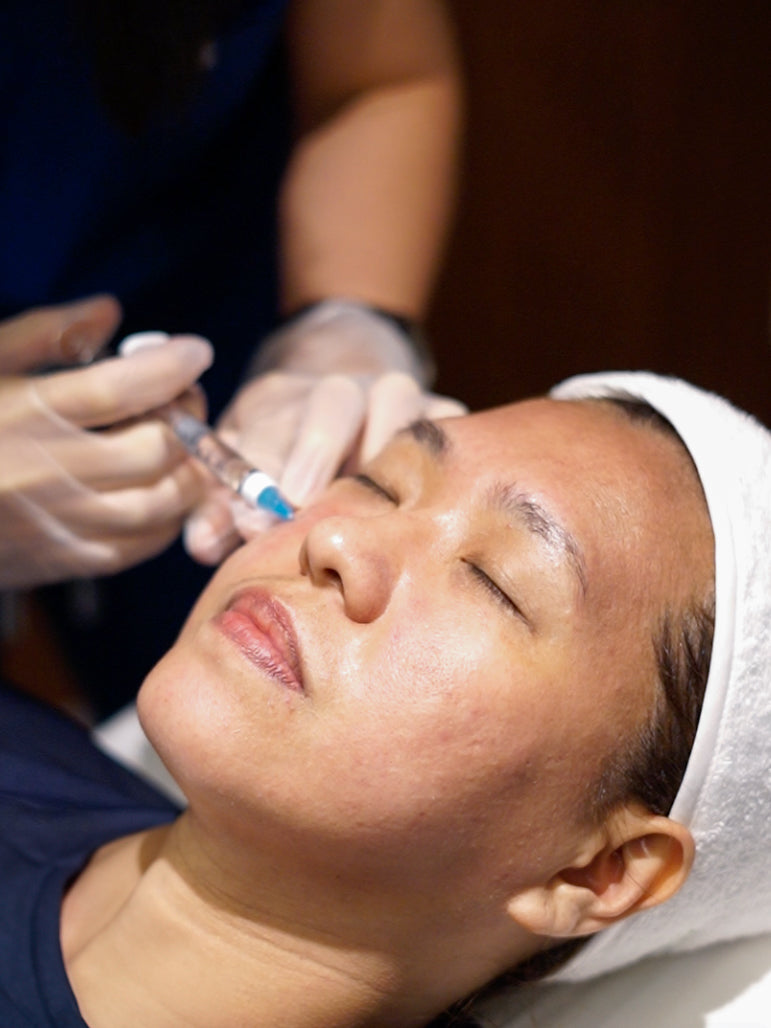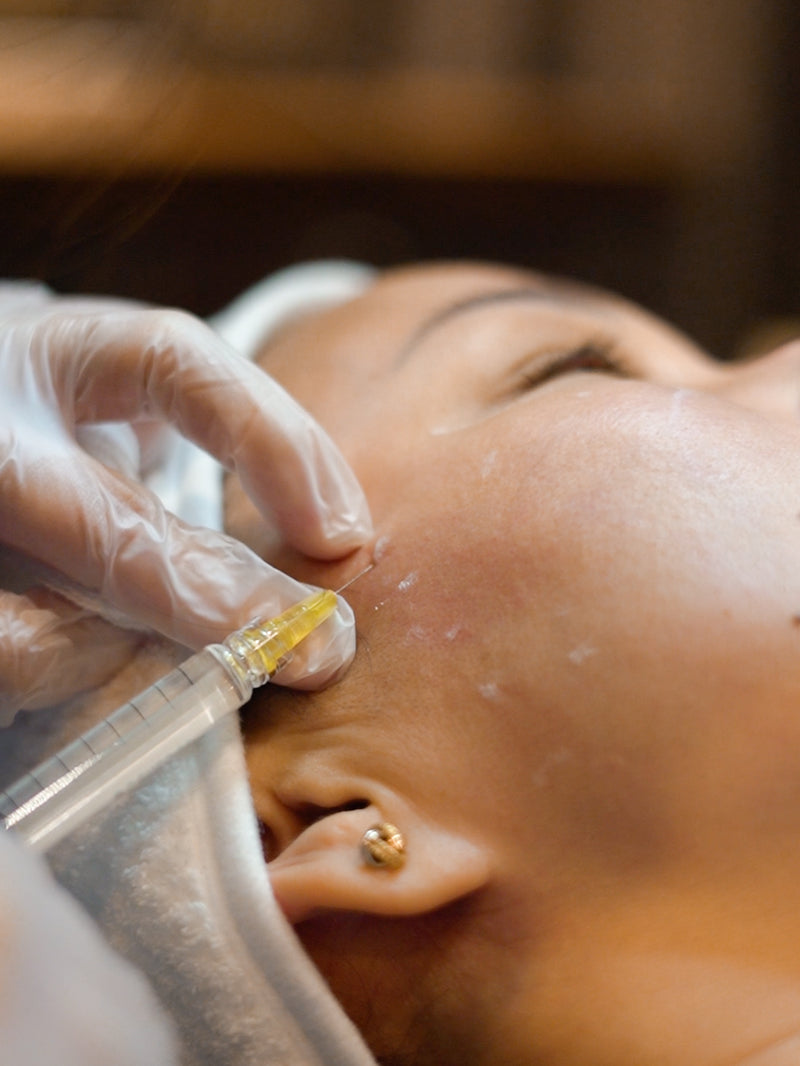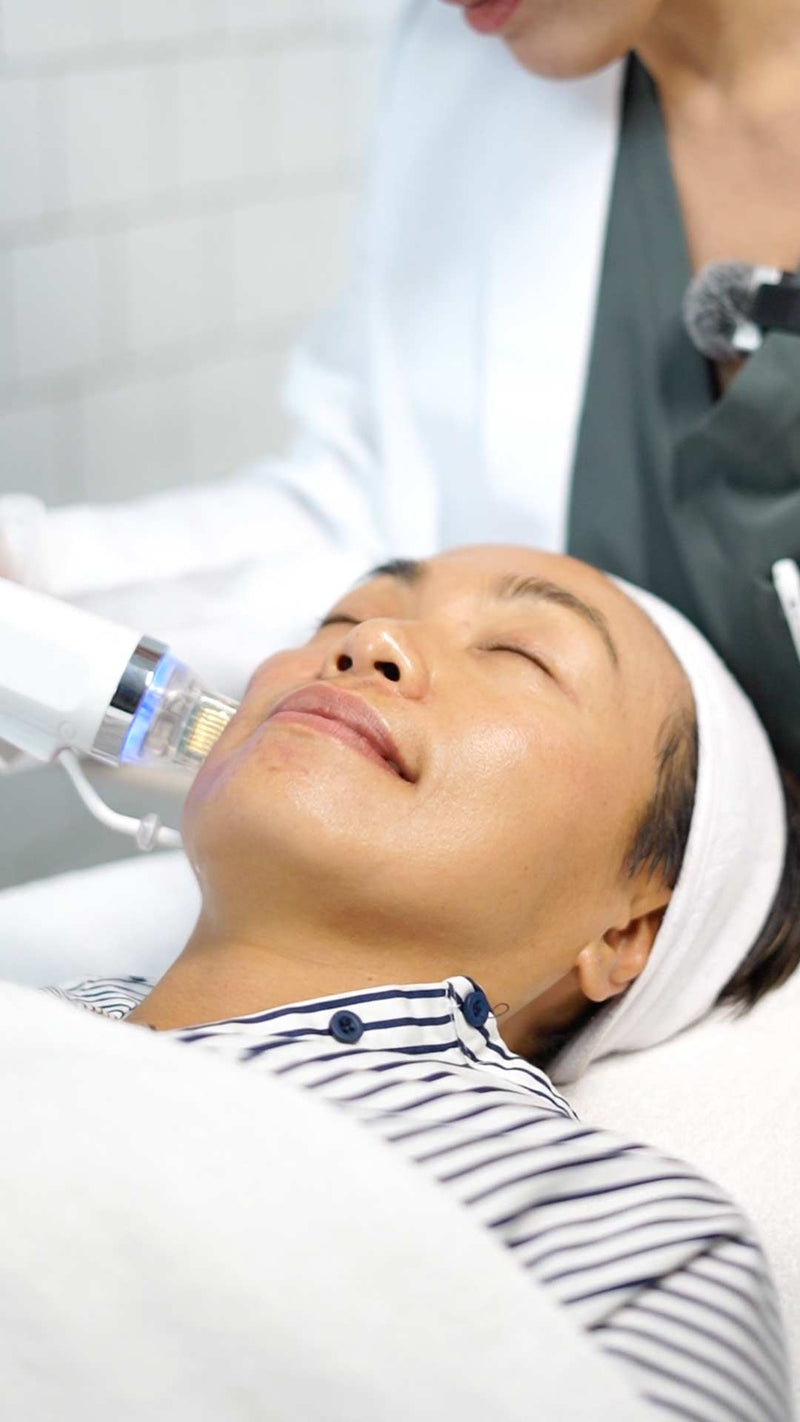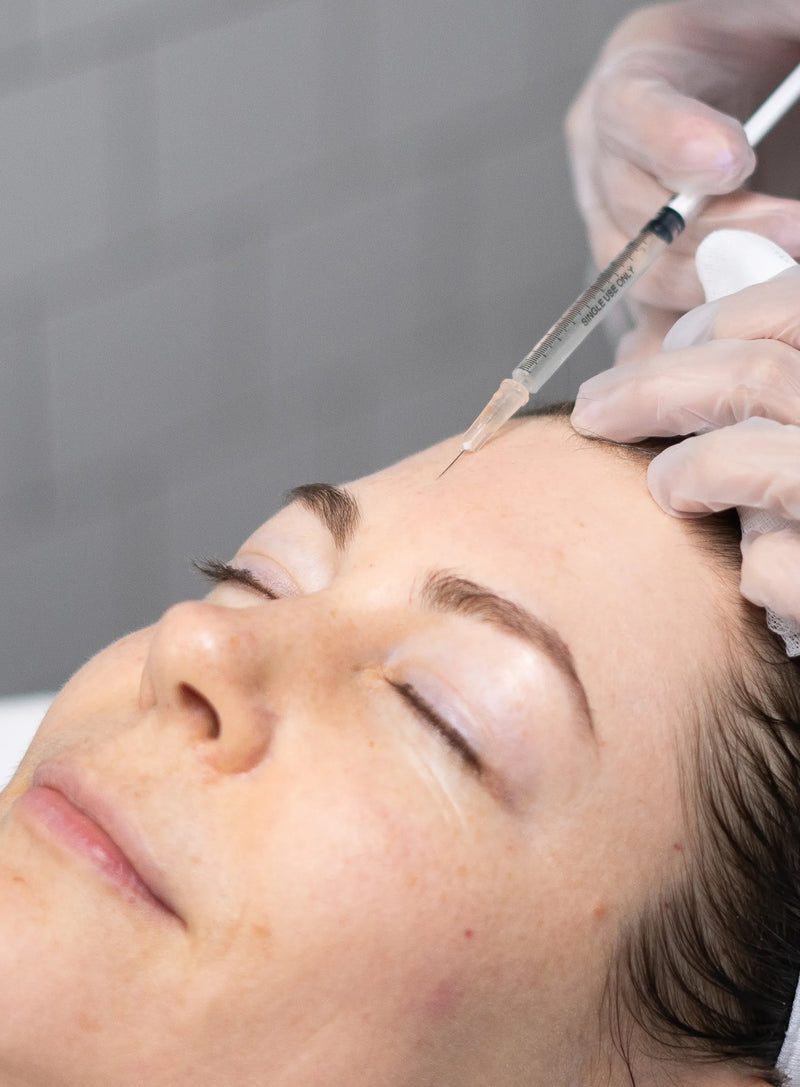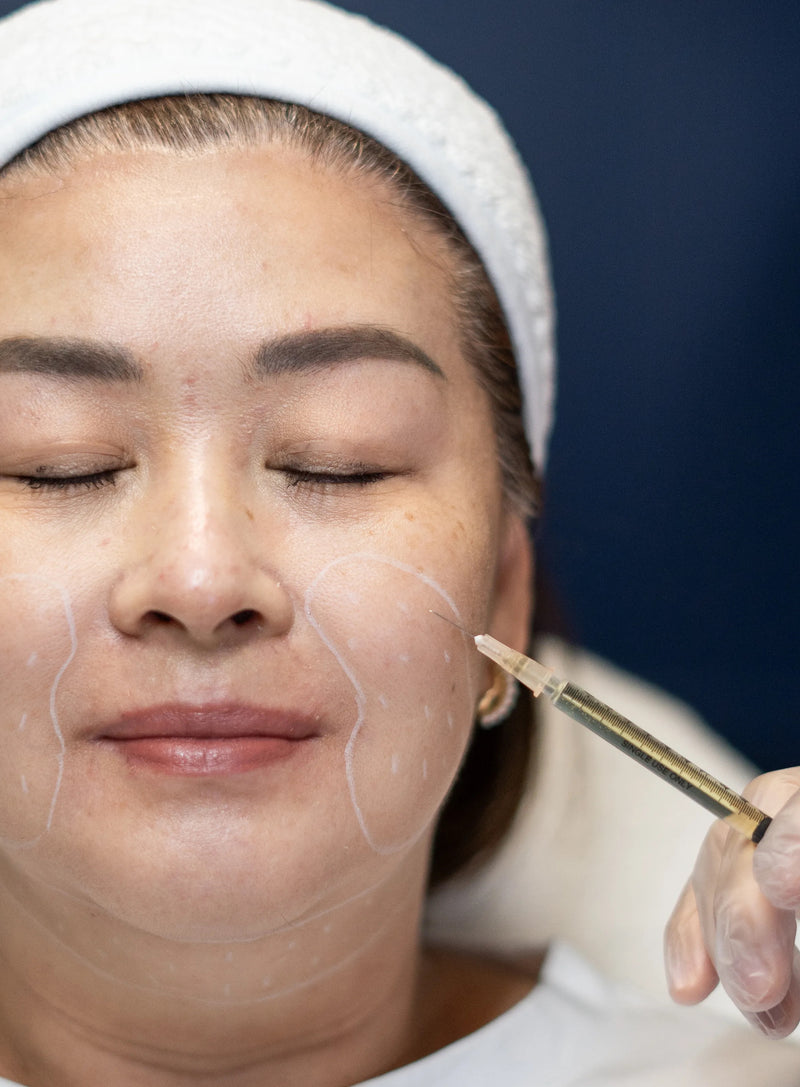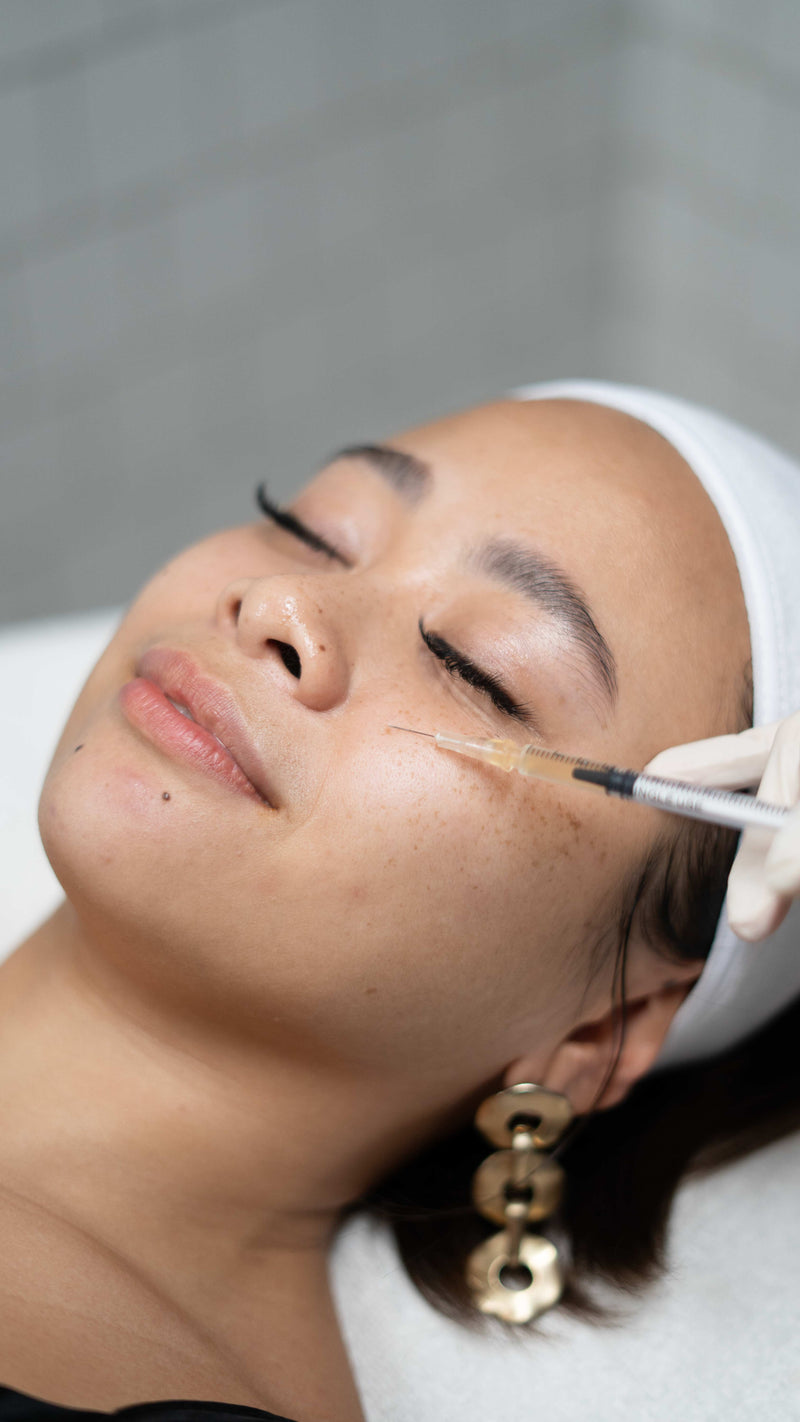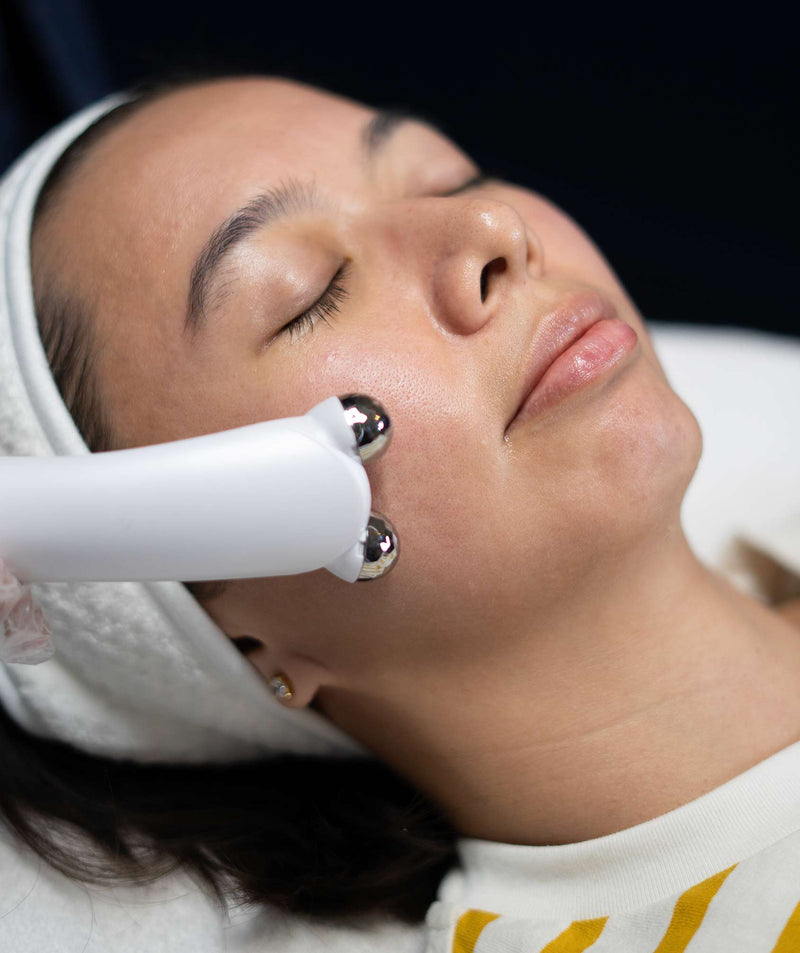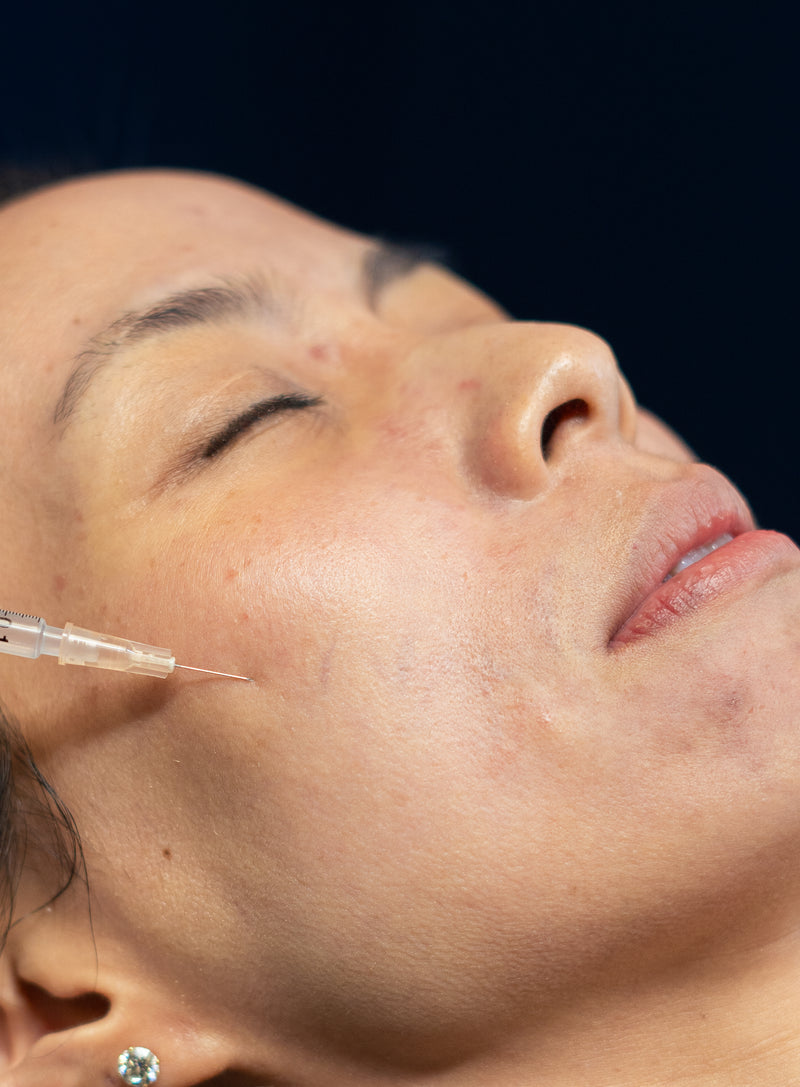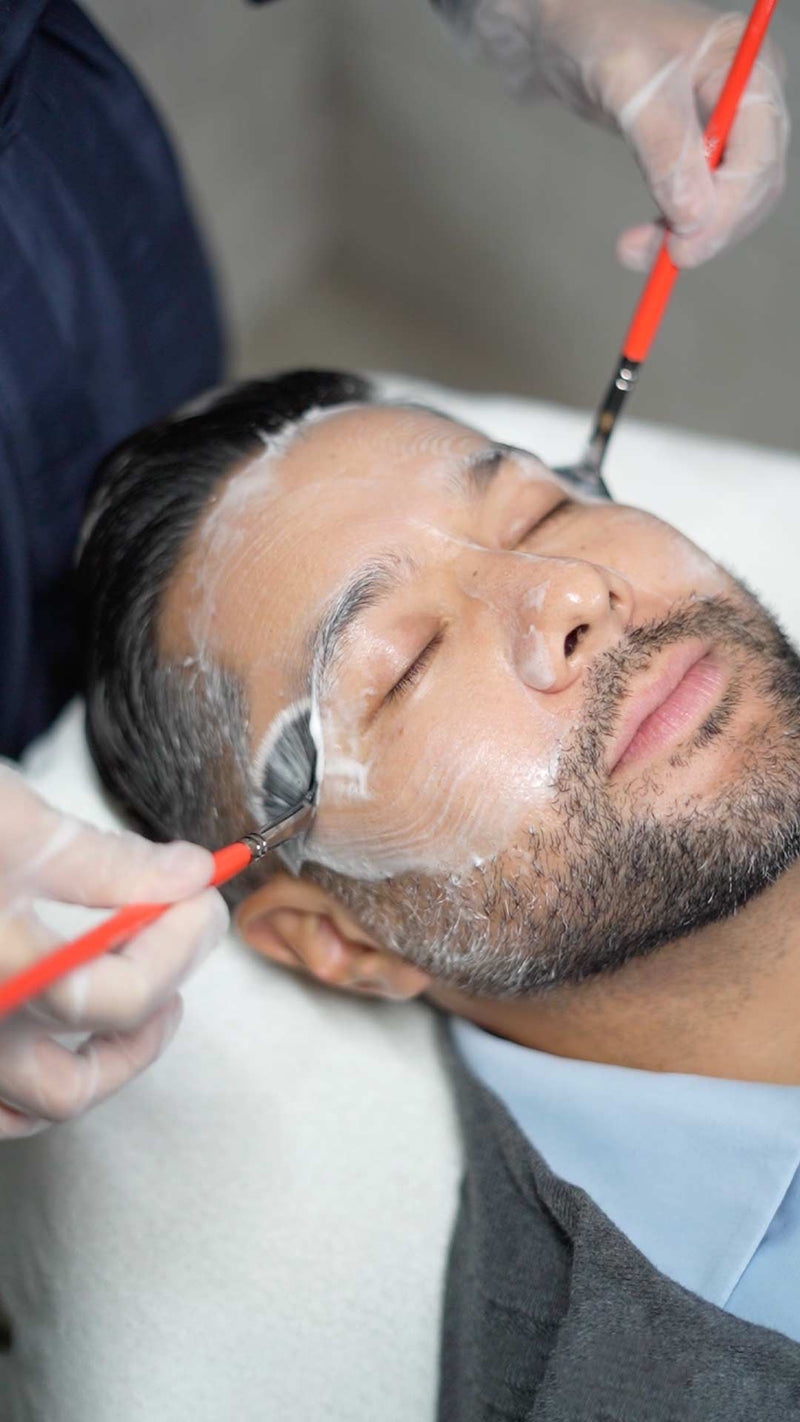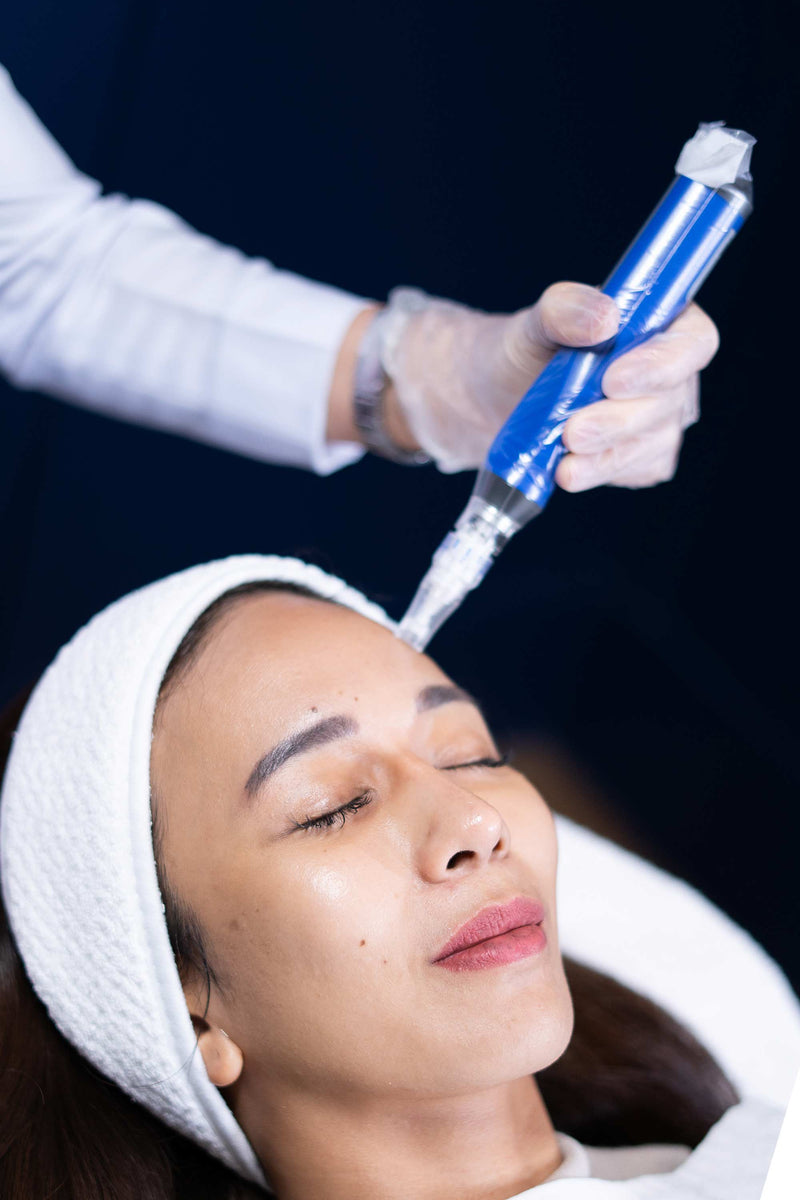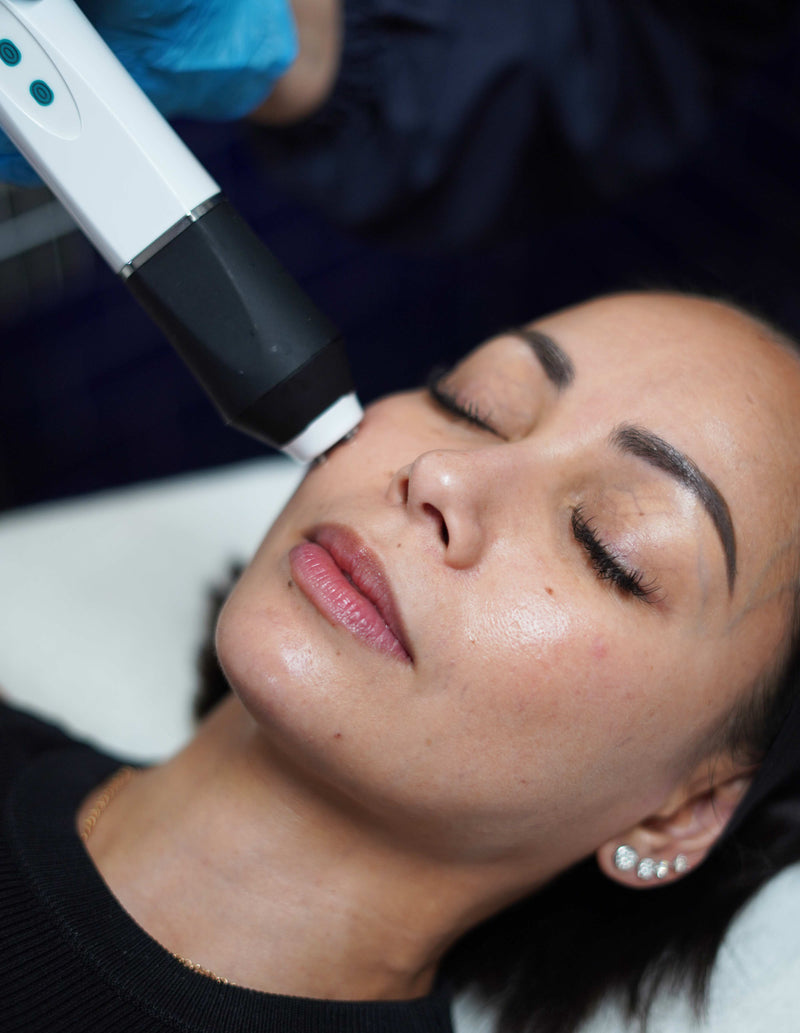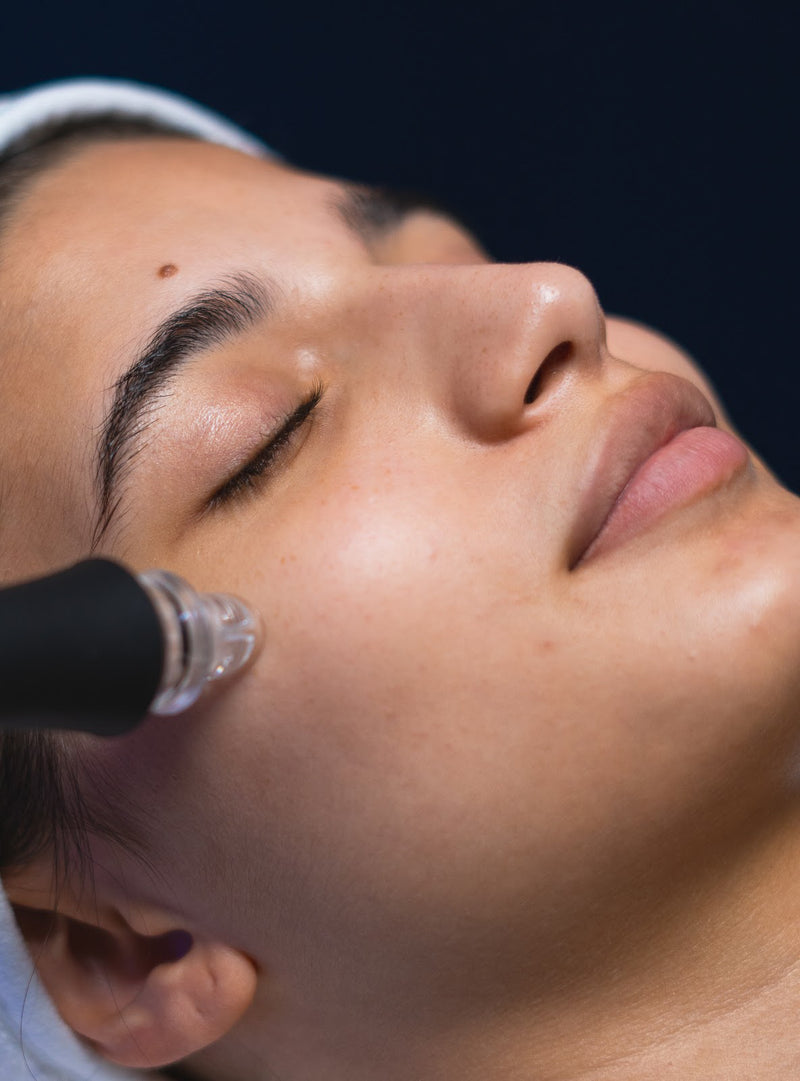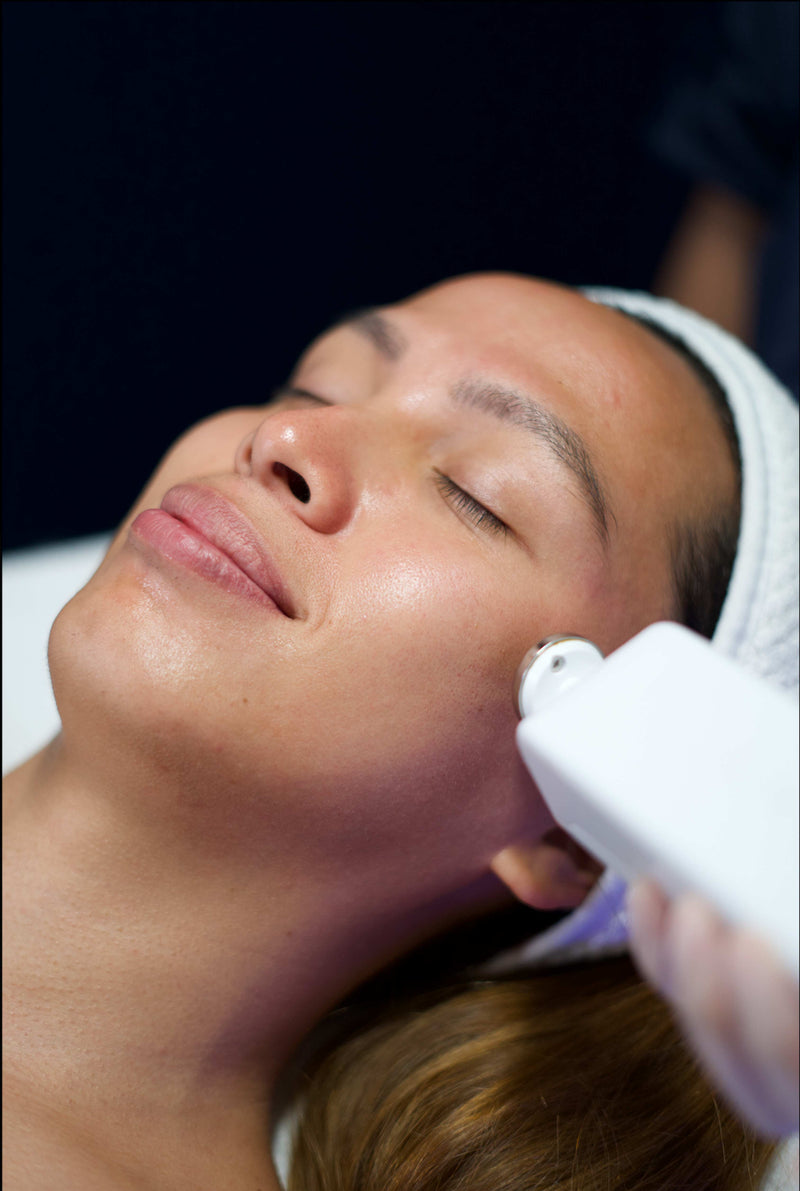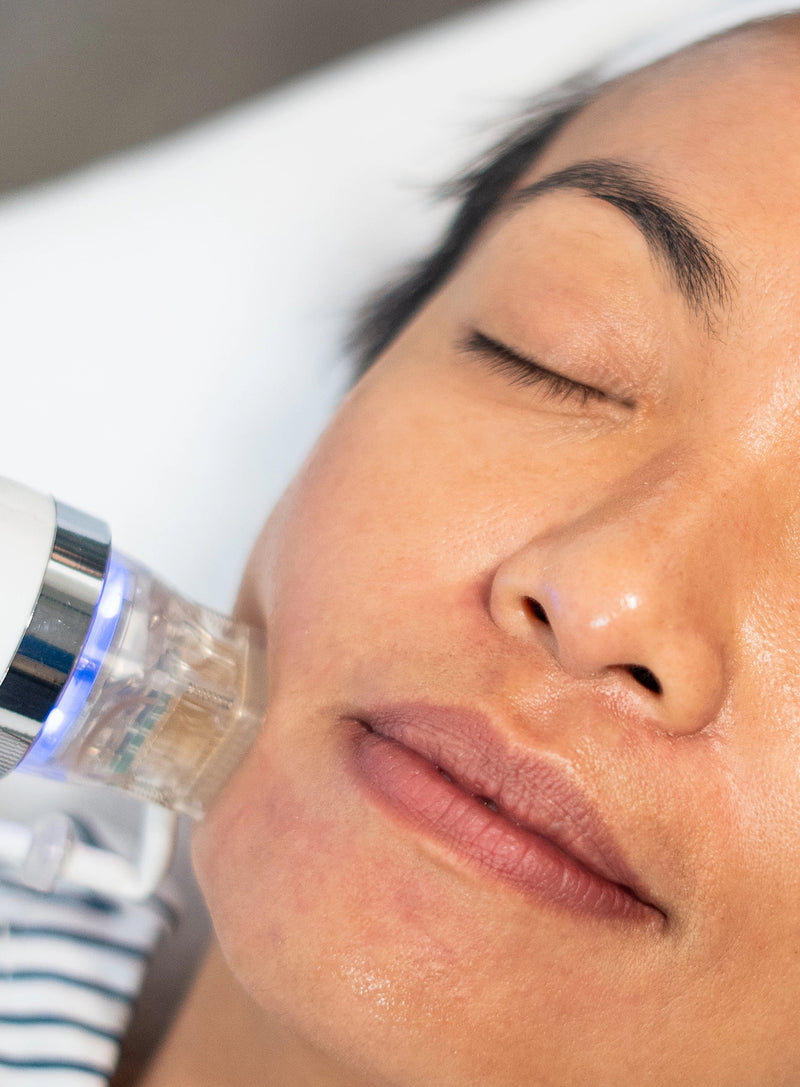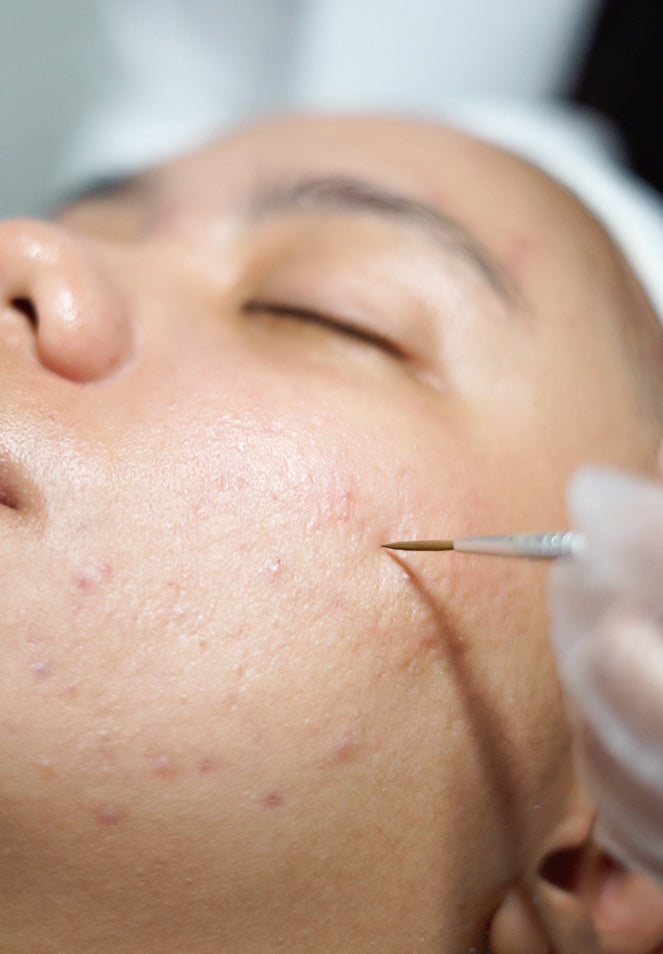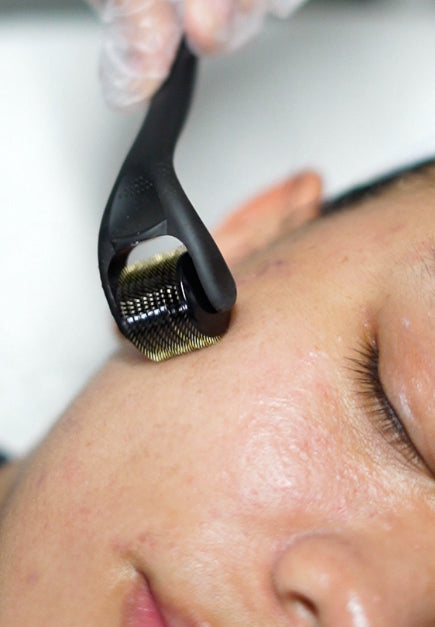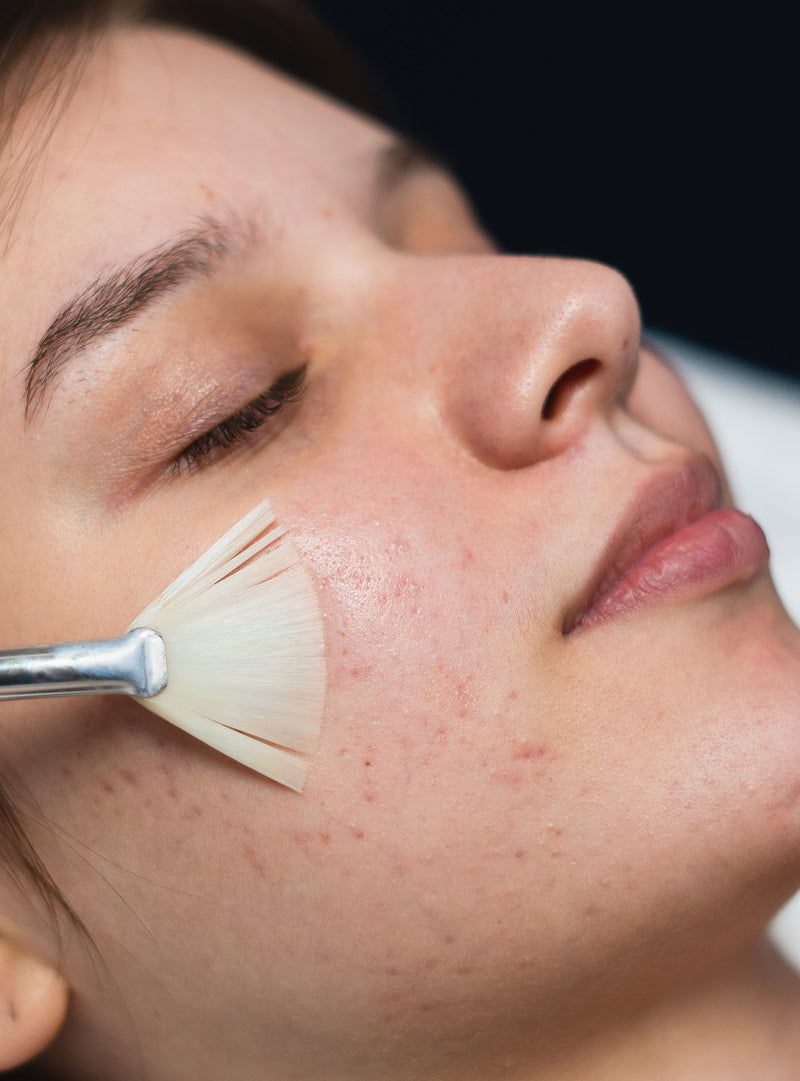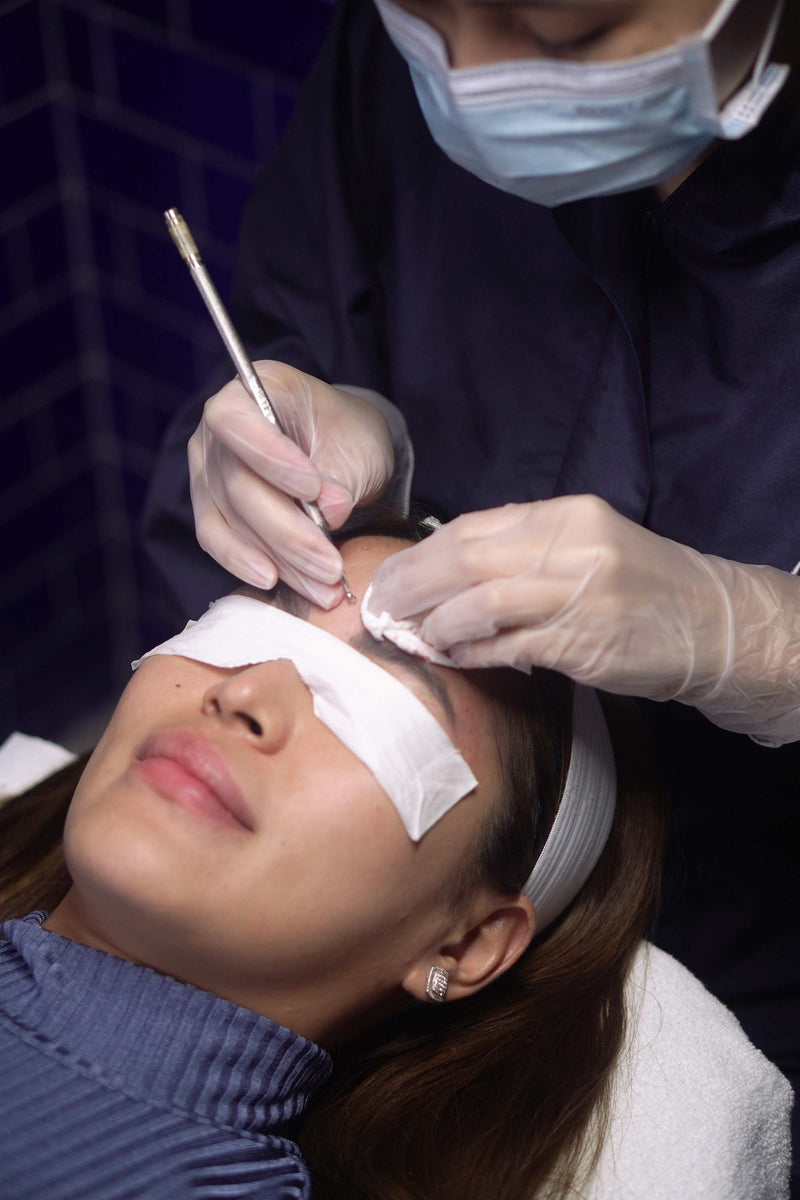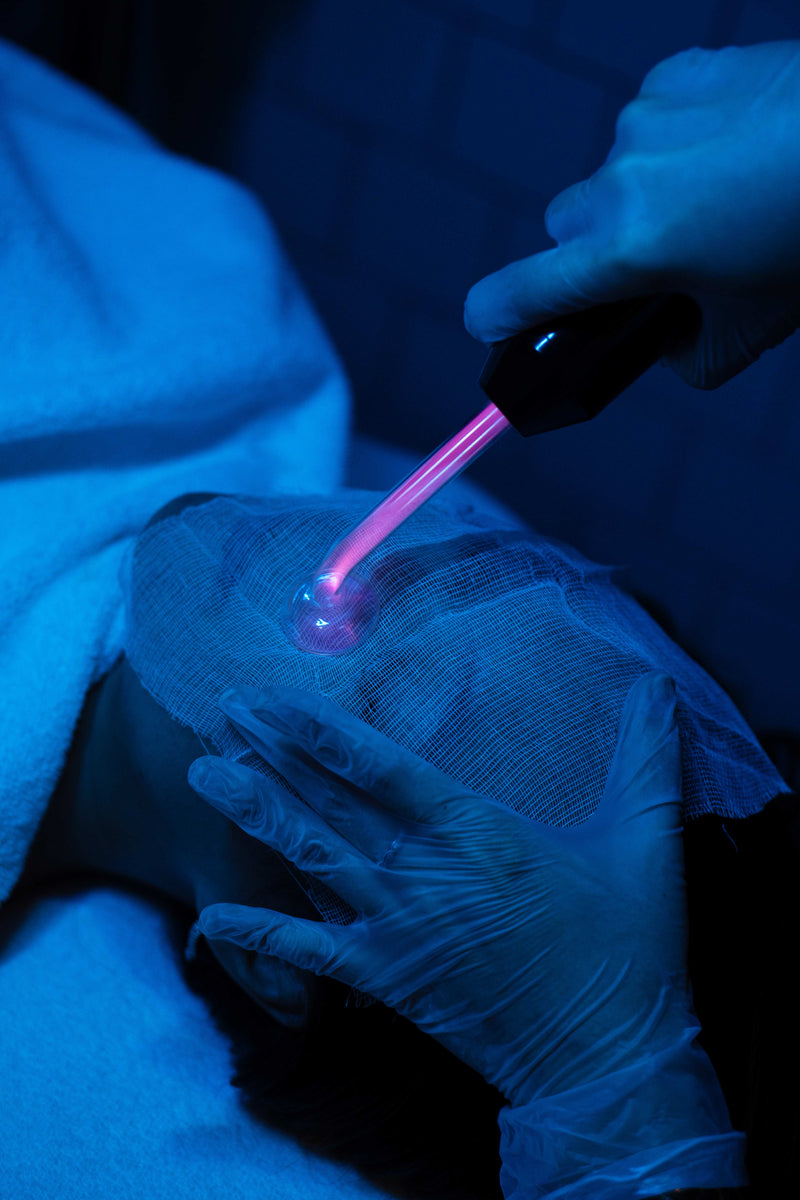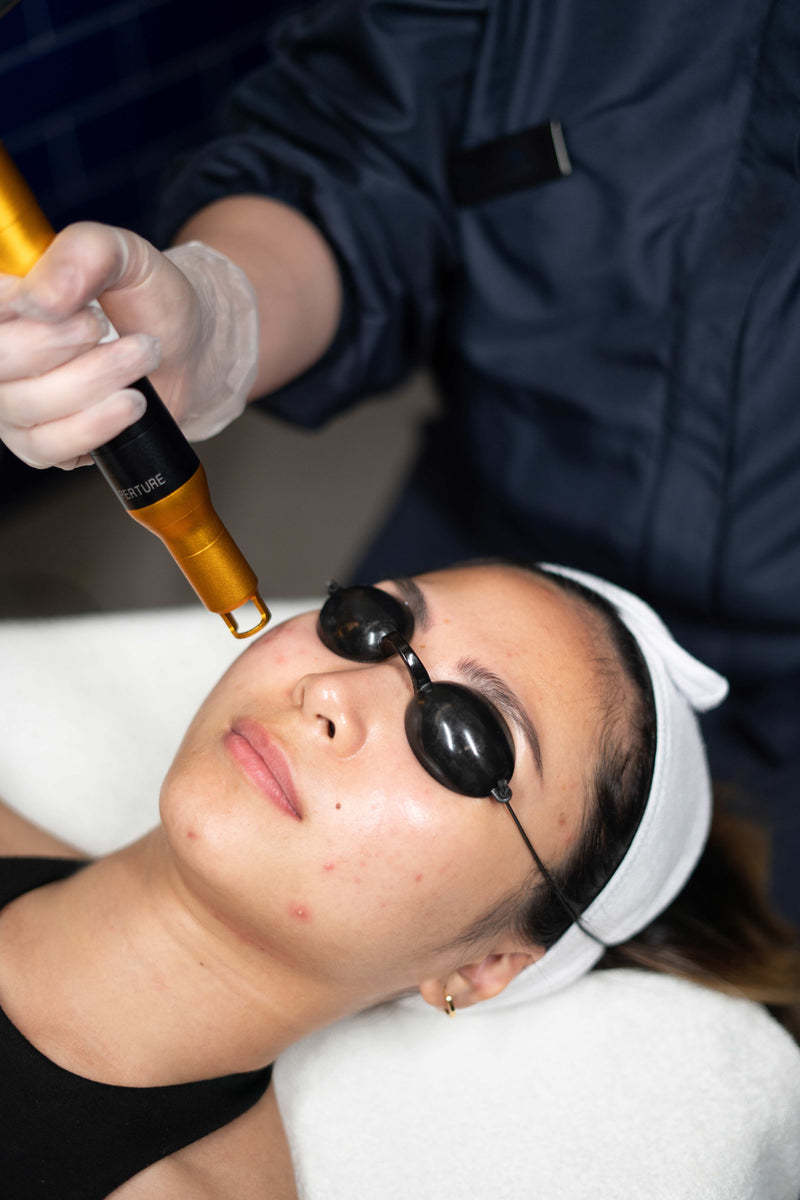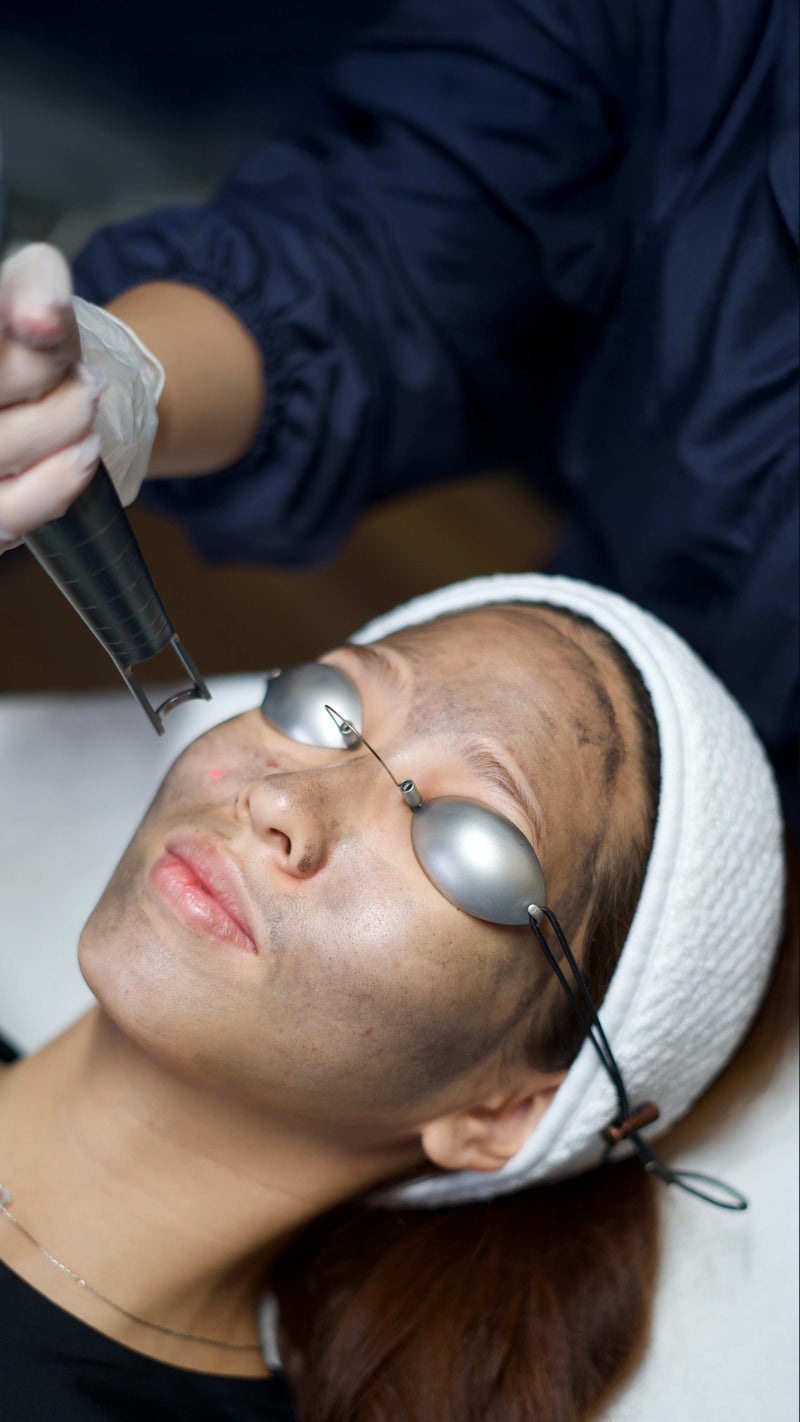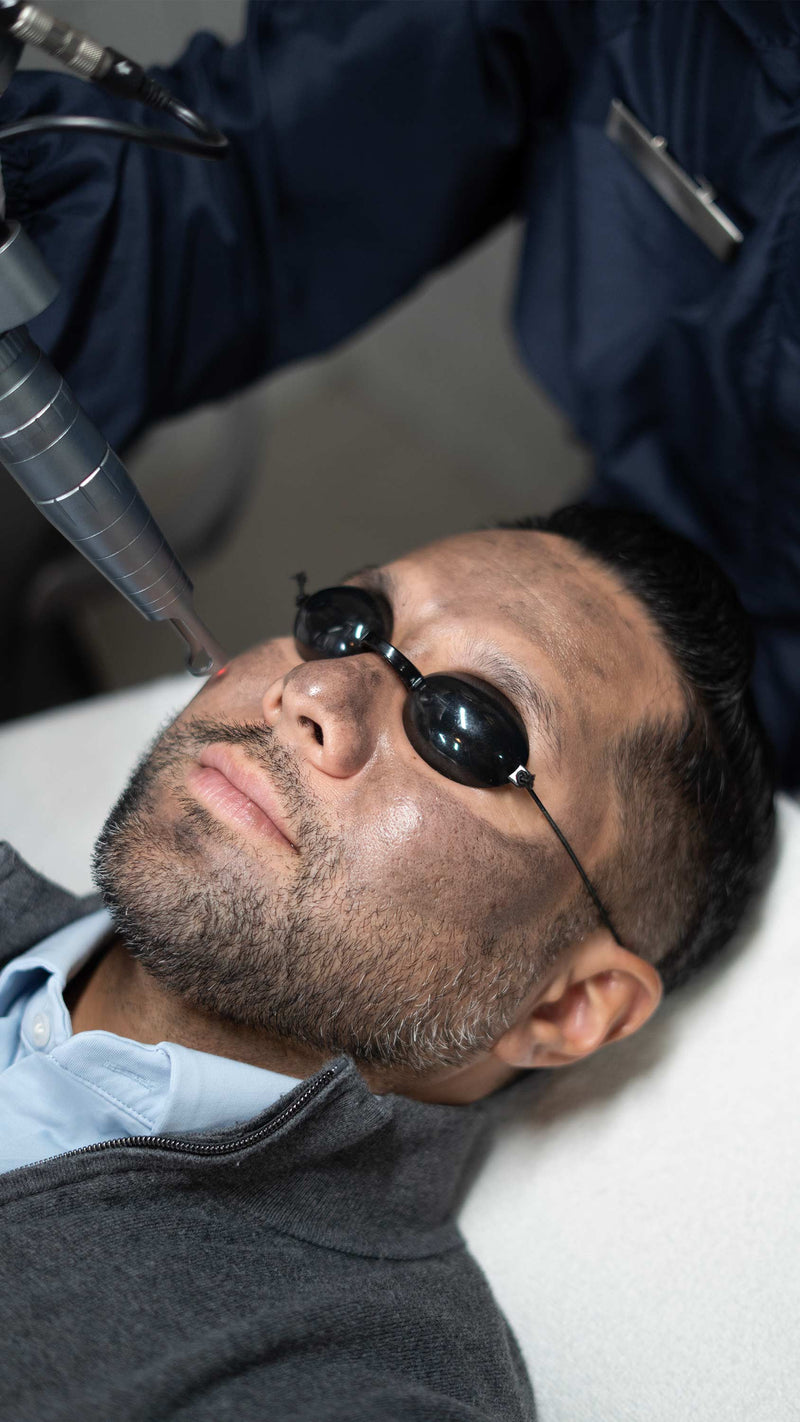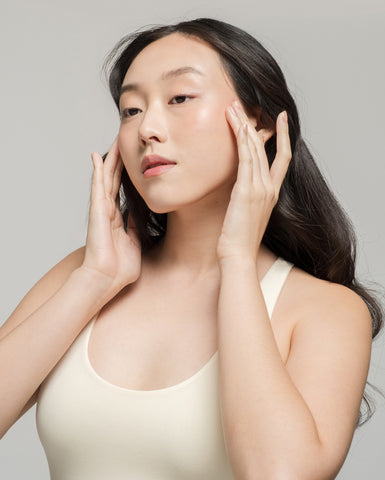All About Skin Types
Not all skin behaves the same. That’s why knowing your skin type matters. Whether you’re choosing the right cleanser, treatment, or active ingredient, it all starts here.
Know Your Skin Type
Your skin type isn’t a mystery, it’s your roadmap to better skin. That tight, greasy, or flaky feeling? It’s your skin type talking. Understanding your type is the first step to building a skincare routine that actually works.
Skin types are how we classify the way your skin naturally behaves based on factors like genetics, hormones, environment, and stress. And while everyone’s skin is unique, most fall into one of these four main types:
- Normal
- Dry
- Oily
- Combination
Let’s break them down.
Normal Skin
Balanced, low-maintenance, and rarely reactive.
What it looks like:
- Smooth texture
- No excess shine or dryness
- Small, non-congested pores
- Minimal breakouts or irritation
What causes it:
- Genetics
- A healthy lifestyle and diet
- Minimal exposure to environmental stressors
- Consistent, gentle skincare
Dry Skin
Thirsty skin that’s tight, flaky, or easily irritated.
What it looks like:
- Rough or dull texture
- Visible fine lines or redness
- Itchiness or tightness, especially after cleansing
What causes it:
- Genetics
- Cold weather, hot showers, or indoor heating
- Harsh skincare ingredients (like alcohol or sulfates)
- Age-related moisture loss
- Certain medications or medical conditions (e.g. eczema, psoriasis)
Oily Skin
Shiny, breakout-prone, and often congested.
What it looks like:
- Greasy T-zone or full-face shine
- Enlarged, visible pores
- Frequent blackheads, whiteheads, or acne
What causes it:
- Genetics
- Hormonal changes (puberty, pregnancy, etc.)
- Hot, humid climates
- High-glycemic or oily diets
- Stress and elevated cortisol levels
- Heavy or pore-clogging products
Combination Skin
Dry in some areas, oily in others– usually the T-zone.
What it looks like:
- Oily forehead, nose, and chin
- Drier or more sensitive cheeks
- Breakouts in the T-zone but tightness elsewhere
What causes it:
- Genetics
- Hormonal fluctuations
- Mixed environmental exposure (humidity + cold)
- Using products that are too rich or too drying for parts of the face
Bottom Line: Work With Your Skin, Not Against It
There’s no one-size-fits-all when it comes to skincare. Knowing your skin type helps you pick the right products, treatments, and habits so you spend less time guessing and more time glowing.
Not sure what skin type you have? Let a dermatologist guide you with the right insight, advice, and treatment plan. Because clear, healthy skin isn’t about luck, it’s about listening, learning, and treating it right.
Know Your Skin Type
Your skin type isn’t a mystery, it’s your roadmap to better skin. That tight, greasy, or flaky feeling? It’s your skin type talking. Understanding your type is the first step to building a skincare routine that actually works.
Skin types are how we classify the way your skin naturally behaves based on factors like genetics, hormones, environment, and stress. And while everyone’s skin is unique, most fall into one of these four main types:
- Normal
- Dry
- Oily
- Combination
Let’s break them down.
Normal Skin
Balanced, low-maintenance, and rarely reactive.
What it looks like:
- Smooth texture
- No excess shine or dryness
- Small, non-congested pores
- Minimal breakouts or irritation
What causes it:
- Genetics
- A healthy lifestyle and diet
- Minimal exposure to environmental stressors
- Consistent, gentle skincare
Dry Skin
Thirsty skin that’s tight, flaky, or easily irritated.
What it looks like:
- Rough or dull texture
- Visible fine lines or redness
- Itchiness or tightness, especially after cleansing
What causes it:
- Genetics
- Cold weather, hot showers, or indoor heating
- Harsh skincare ingredients (like alcohol or sulfates)
- Age-related moisture loss
- Certain medications or medical conditions (e.g. eczema, psoriasis)
Oily Skin
Shiny, breakout-prone, and often congested.
What it looks like:
- Greasy T-zone or full-face shine
- Enlarged, visible pores
- Frequent blackheads, whiteheads, or acne
What causes it:
- Genetics
- Hormonal changes (puberty, pregnancy, etc.)
- Hot, humid climates
- High-glycemic or oily diets
- Stress and elevated cortisol levels
- Heavy or pore-clogging products
Combination Skin
Dry in some areas, oily in others– usually the T-zone.
What it looks like:
- Oily forehead, nose, and chin
- Drier or more sensitive cheeks
- Breakouts in the T-zone but tightness elsewhere
What causes it:
- Genetics
- Hormonal fluctuations
- Mixed environmental exposure (humidity + cold)
- Using products that are too rich or too drying for parts of the face
Bottom Line: Work With Your Skin, Not Against It
There’s no one-size-fits-all when it comes to skincare. Knowing your skin type helps you pick the right products, treatments, and habits so you spend less time guessing and more time glowing.
Not sure what skin type you have? Let a dermatologist guide you with the right insight, advice, and treatment plan. Because clear, healthy skin isn’t about luck, it’s about listening, learning, and treating it right.
